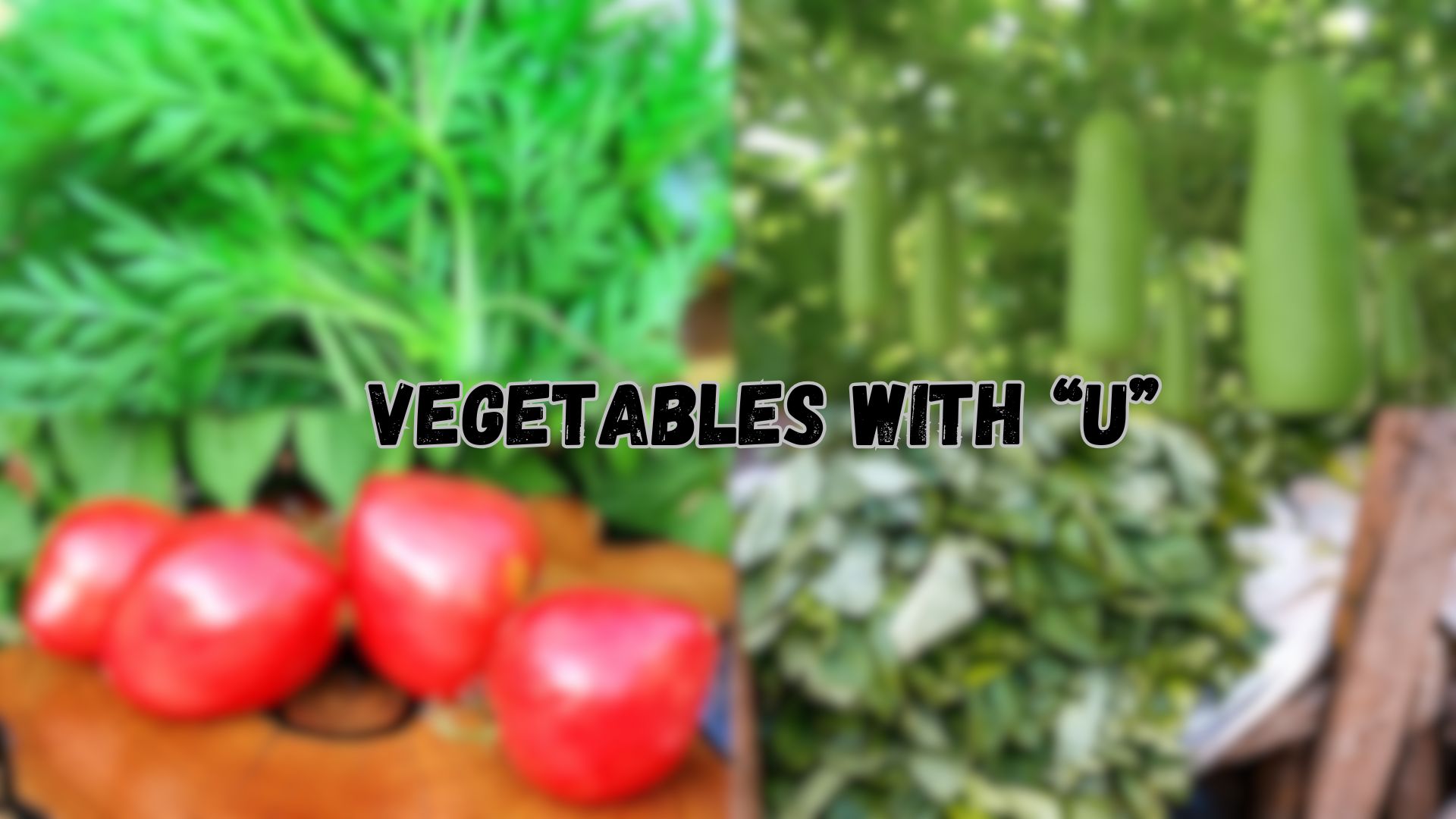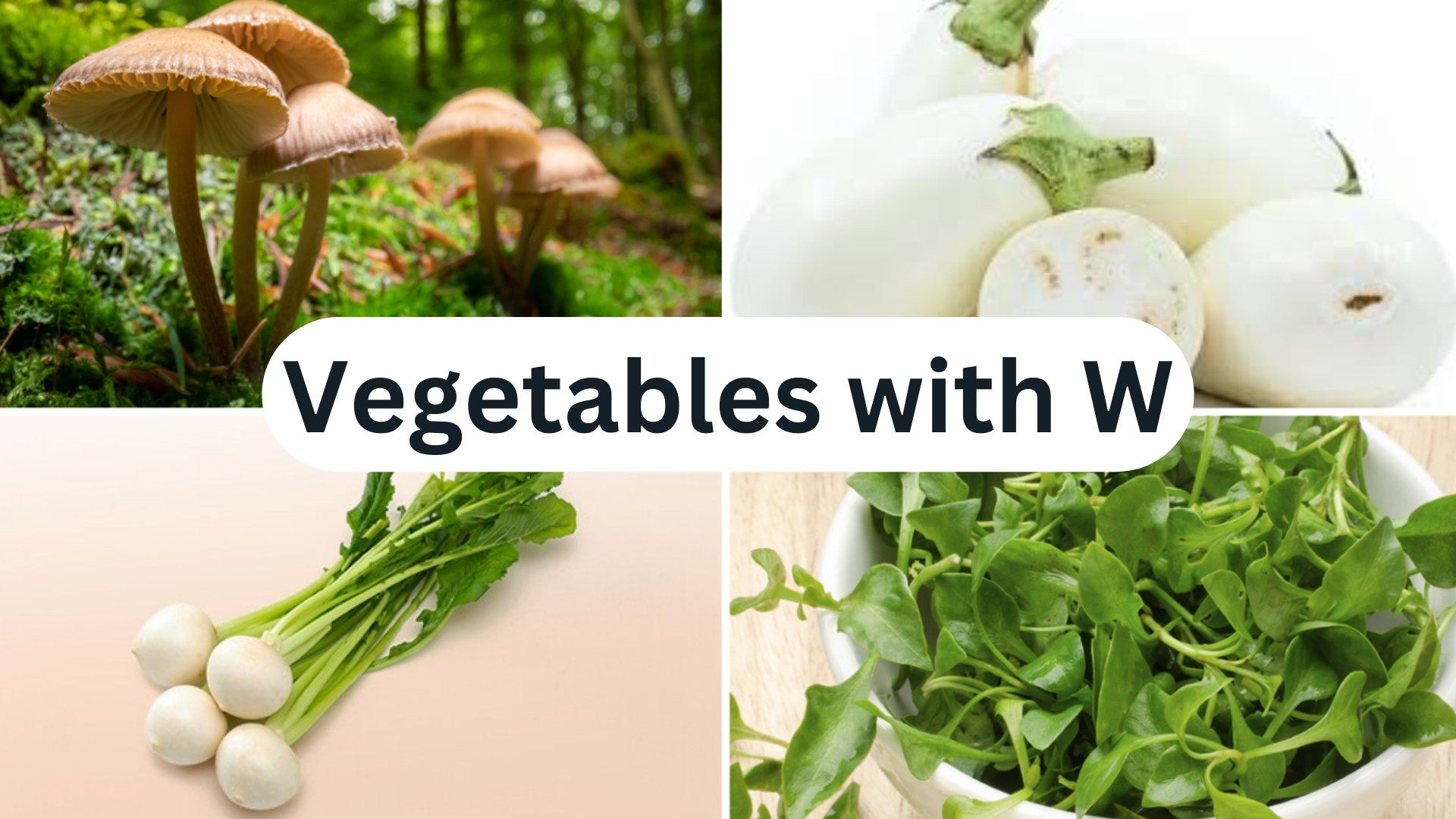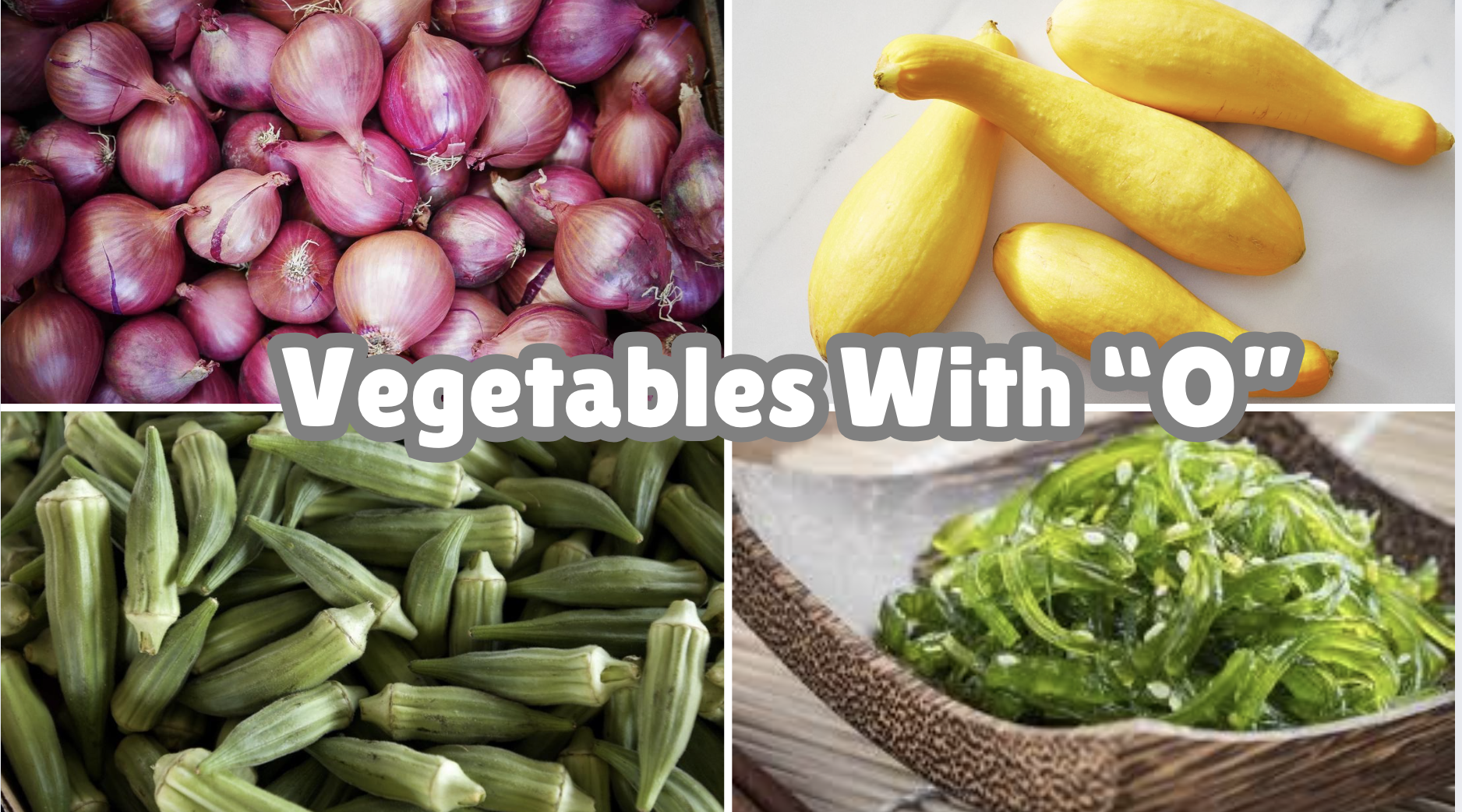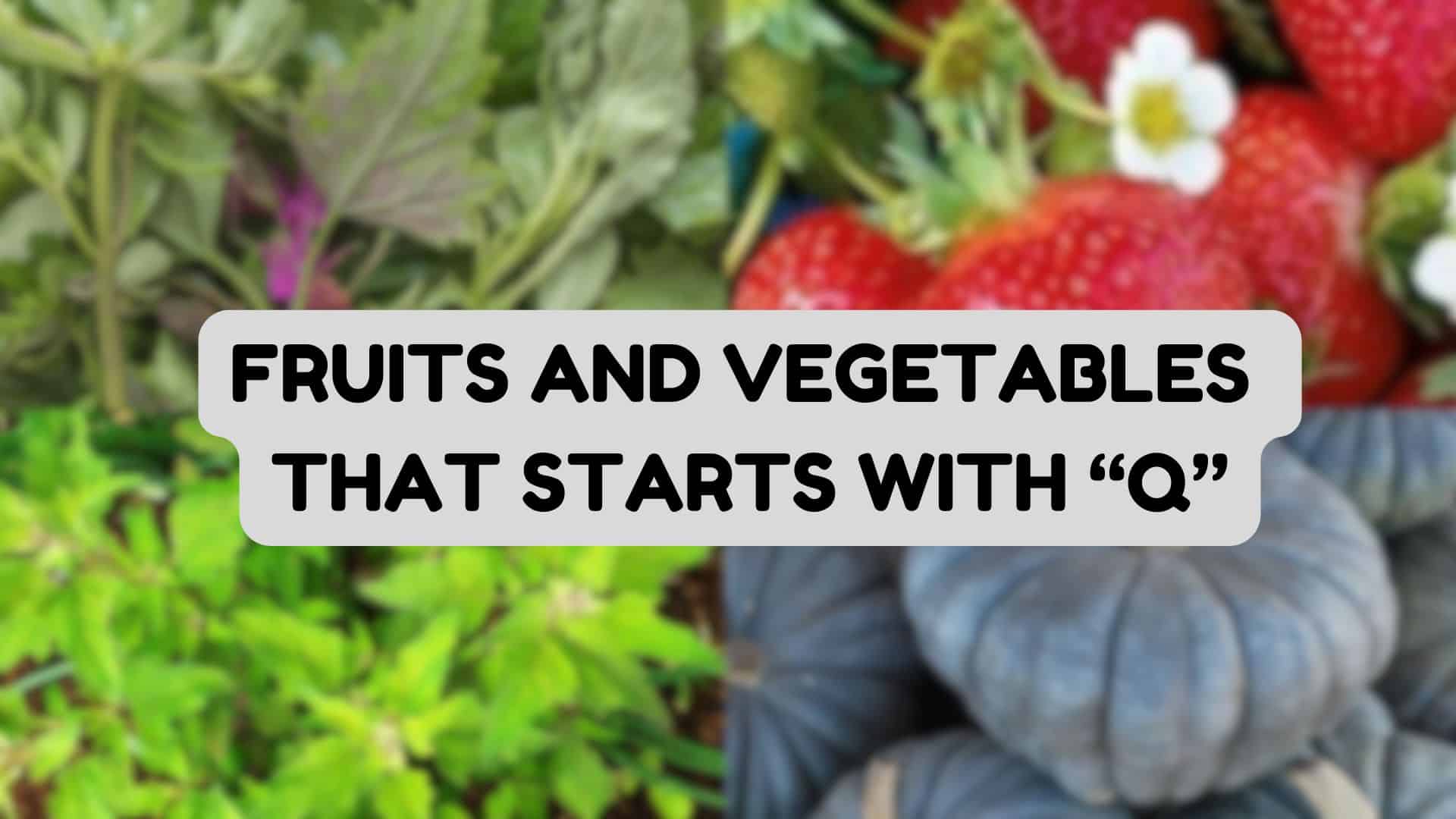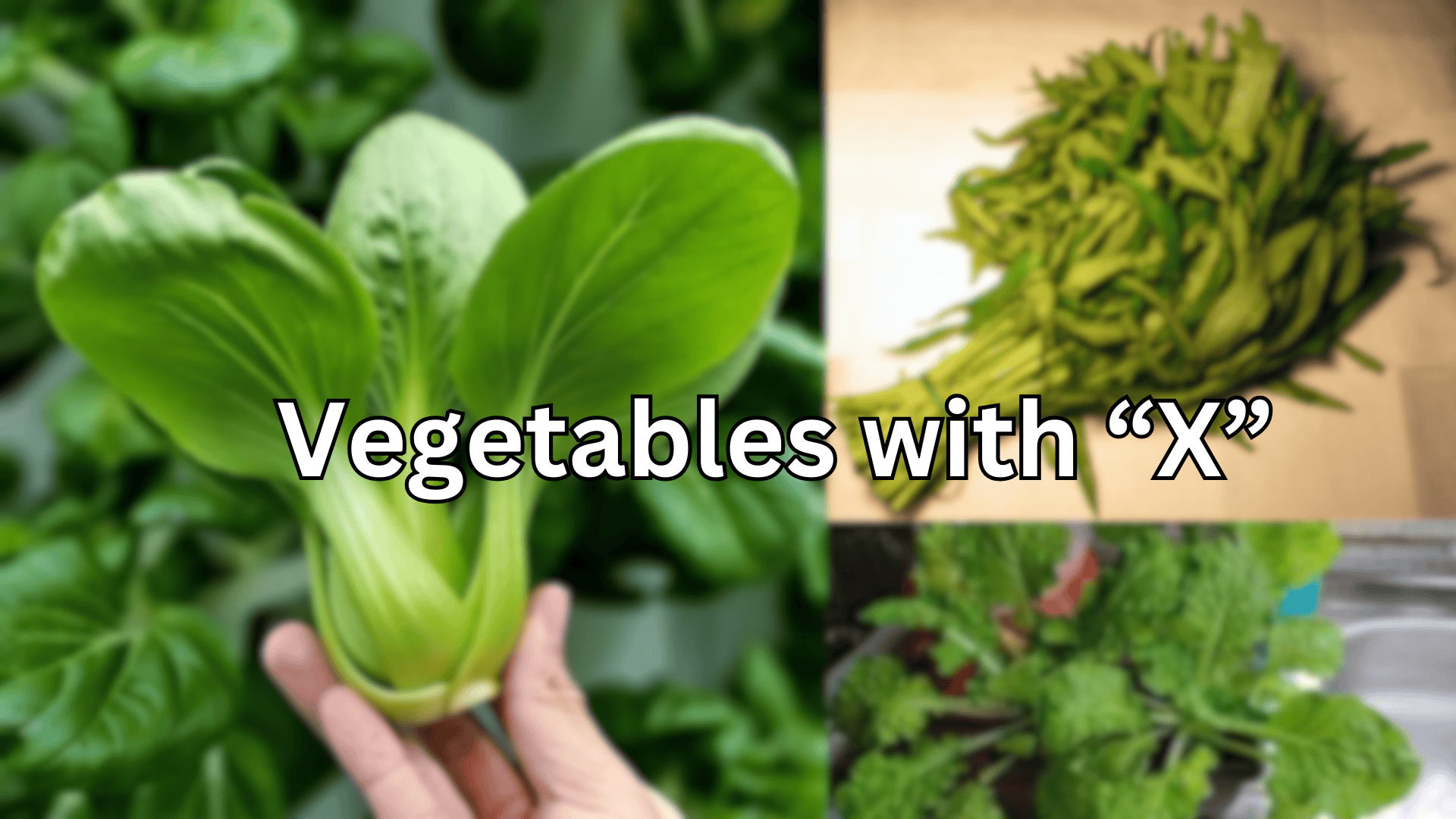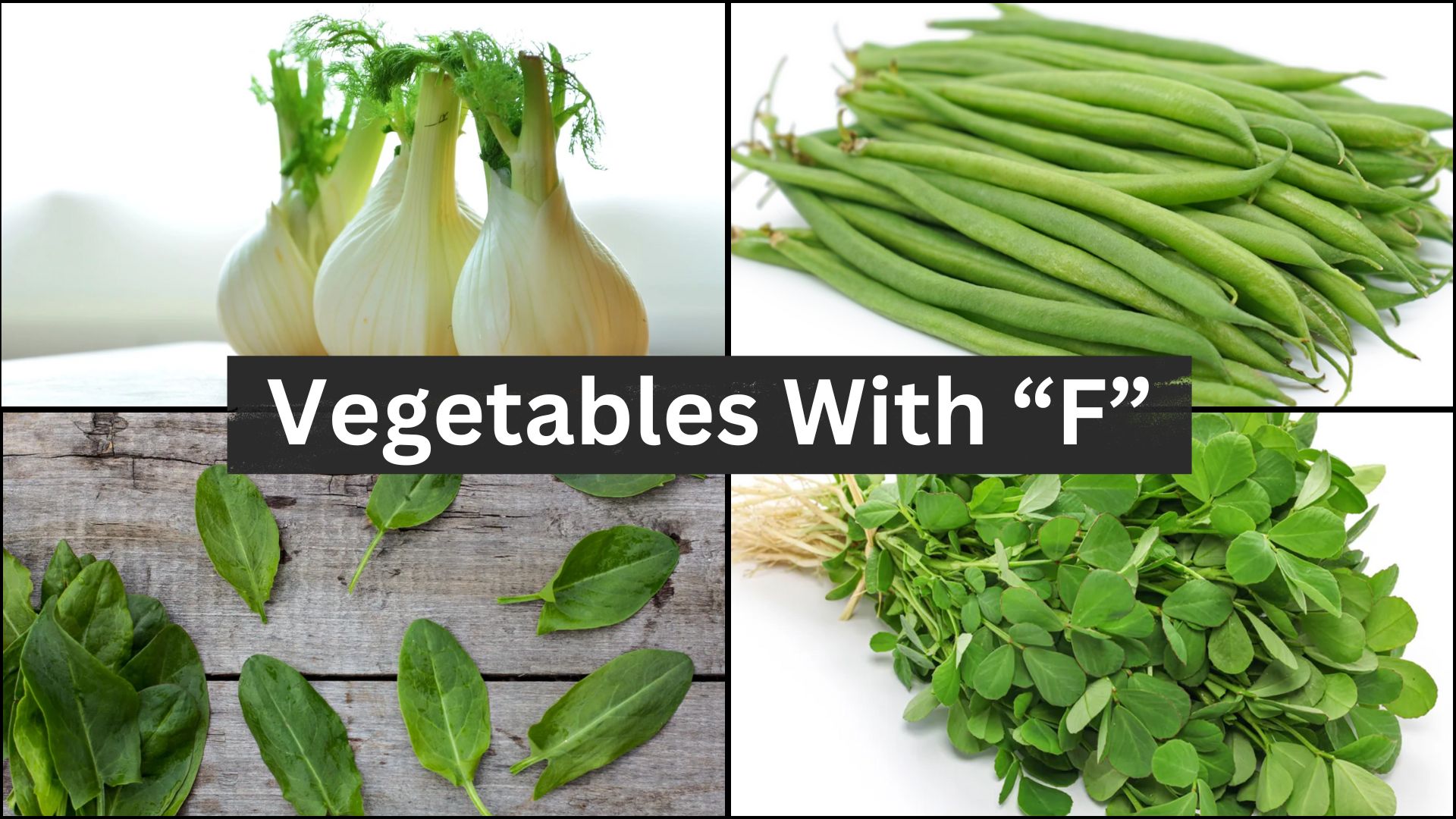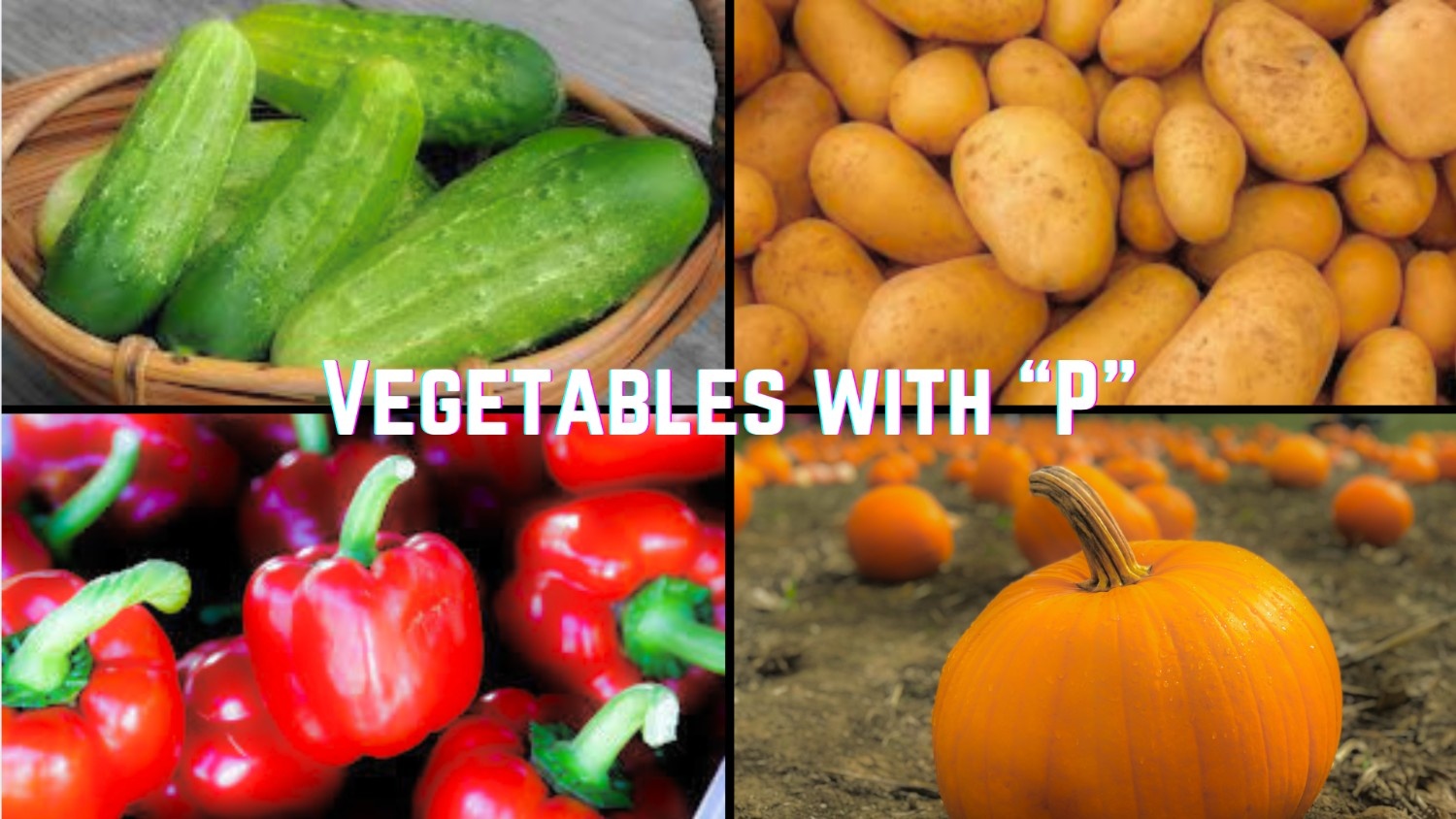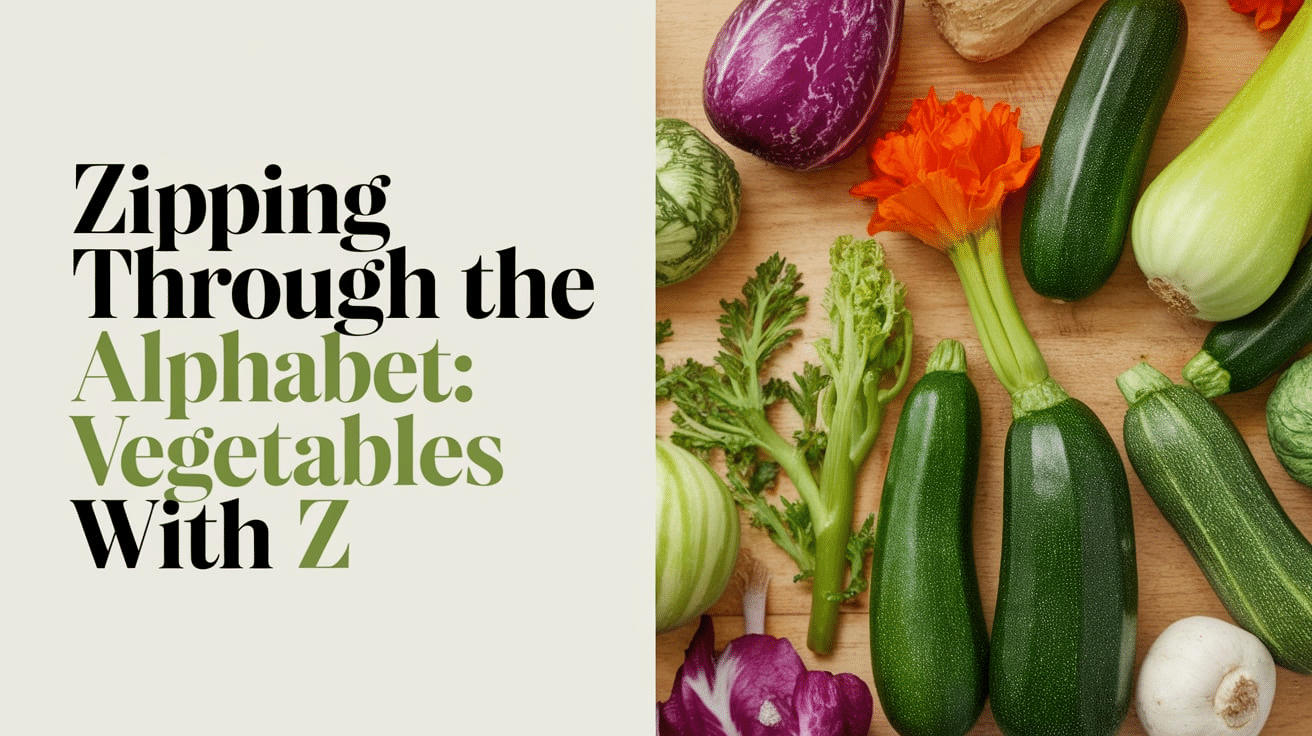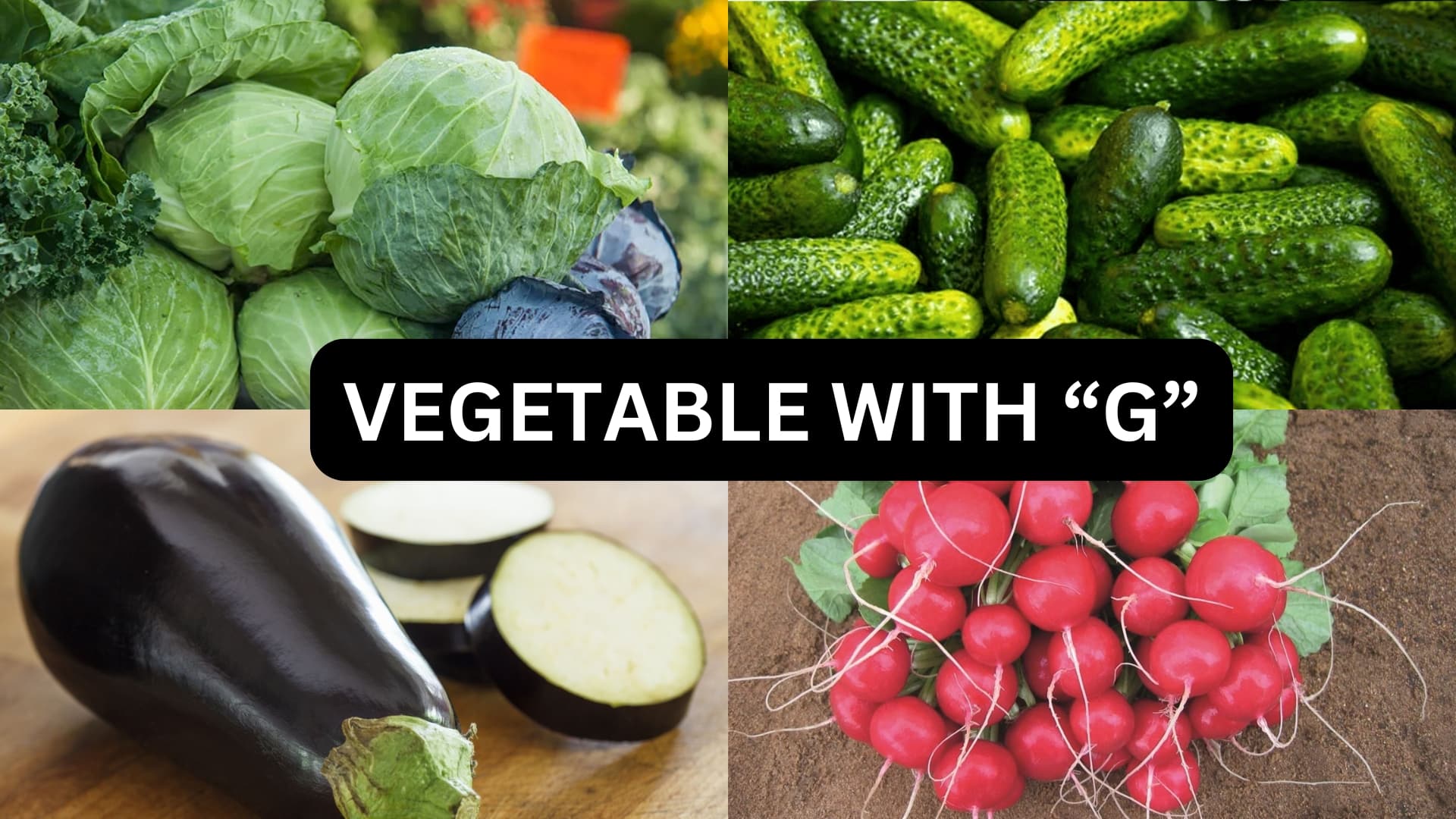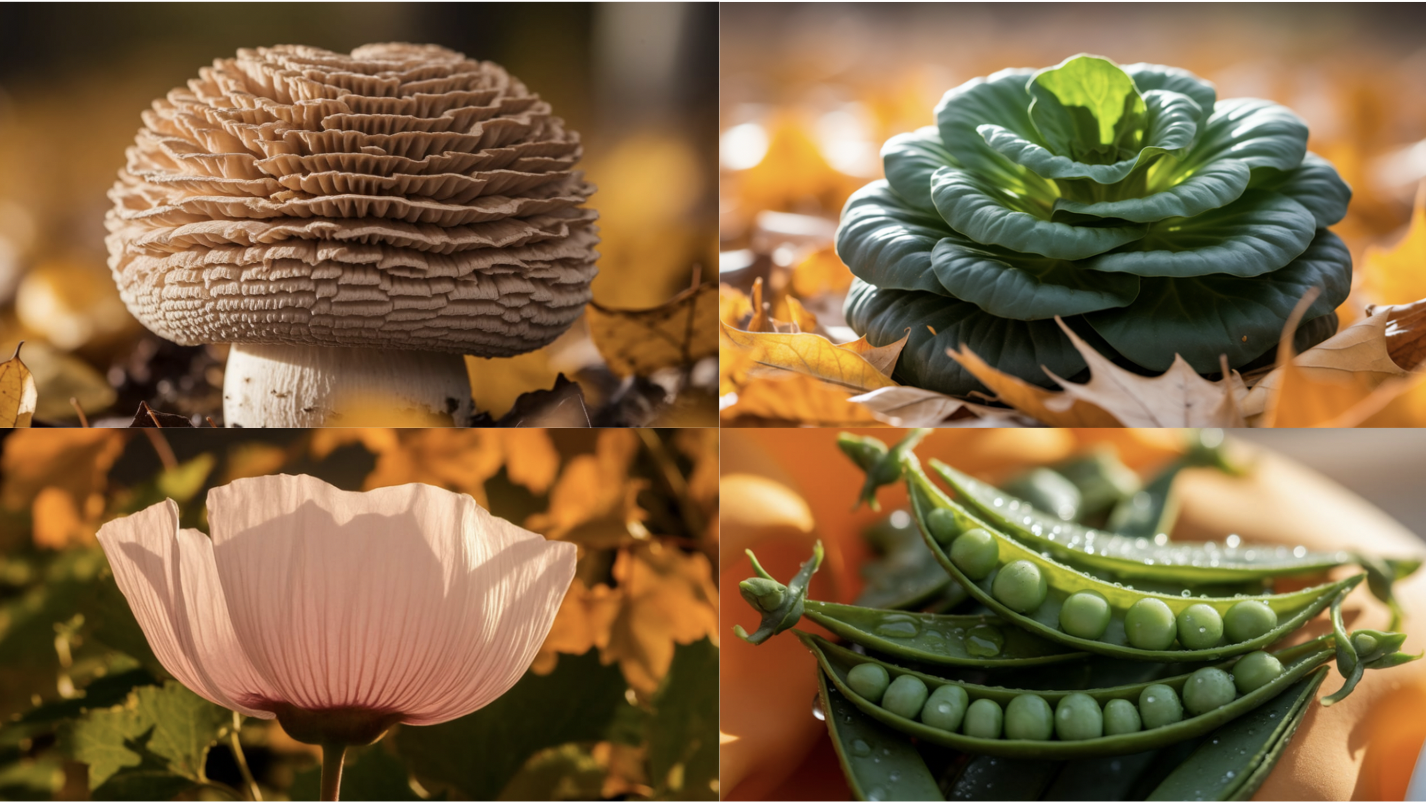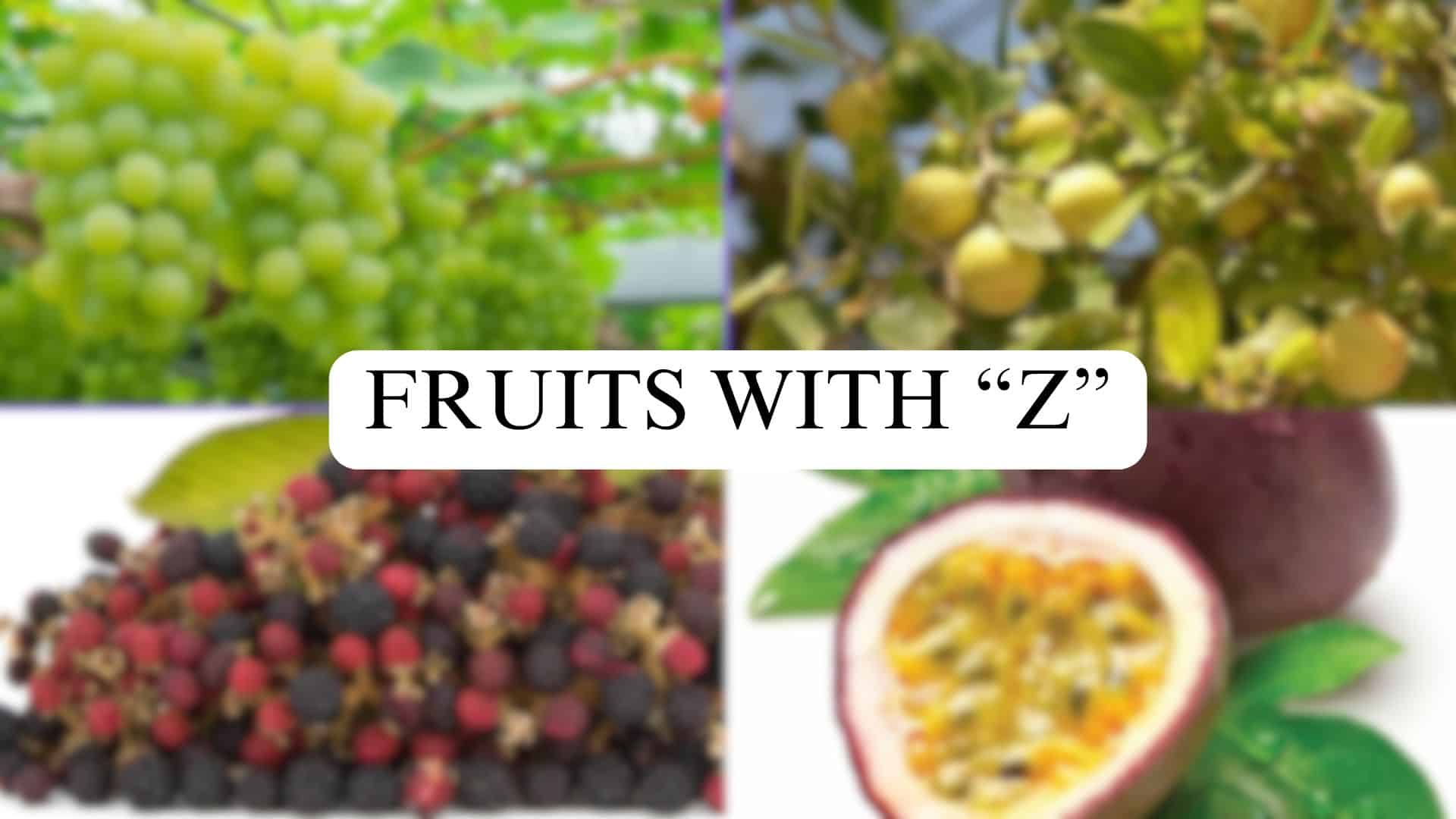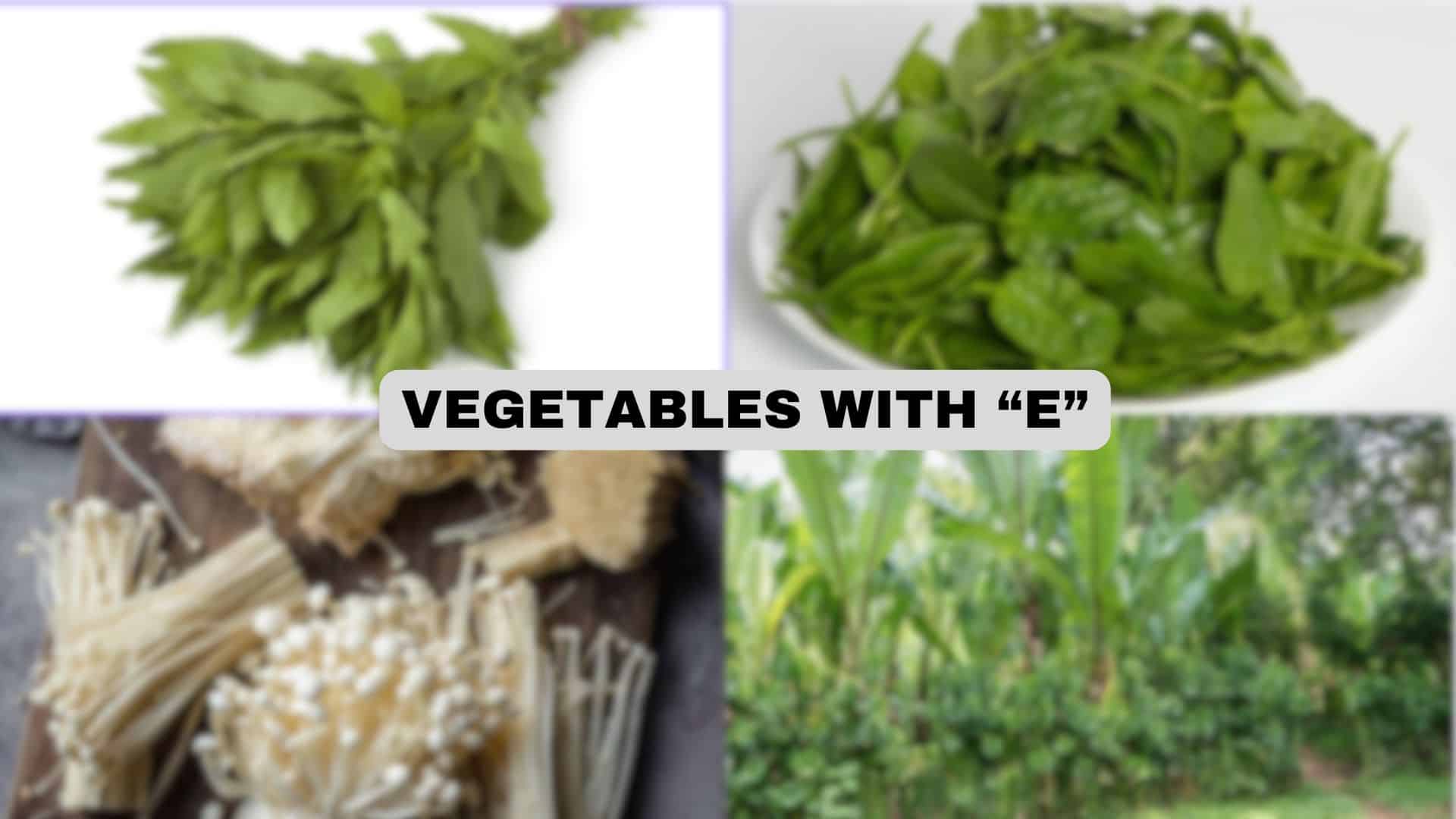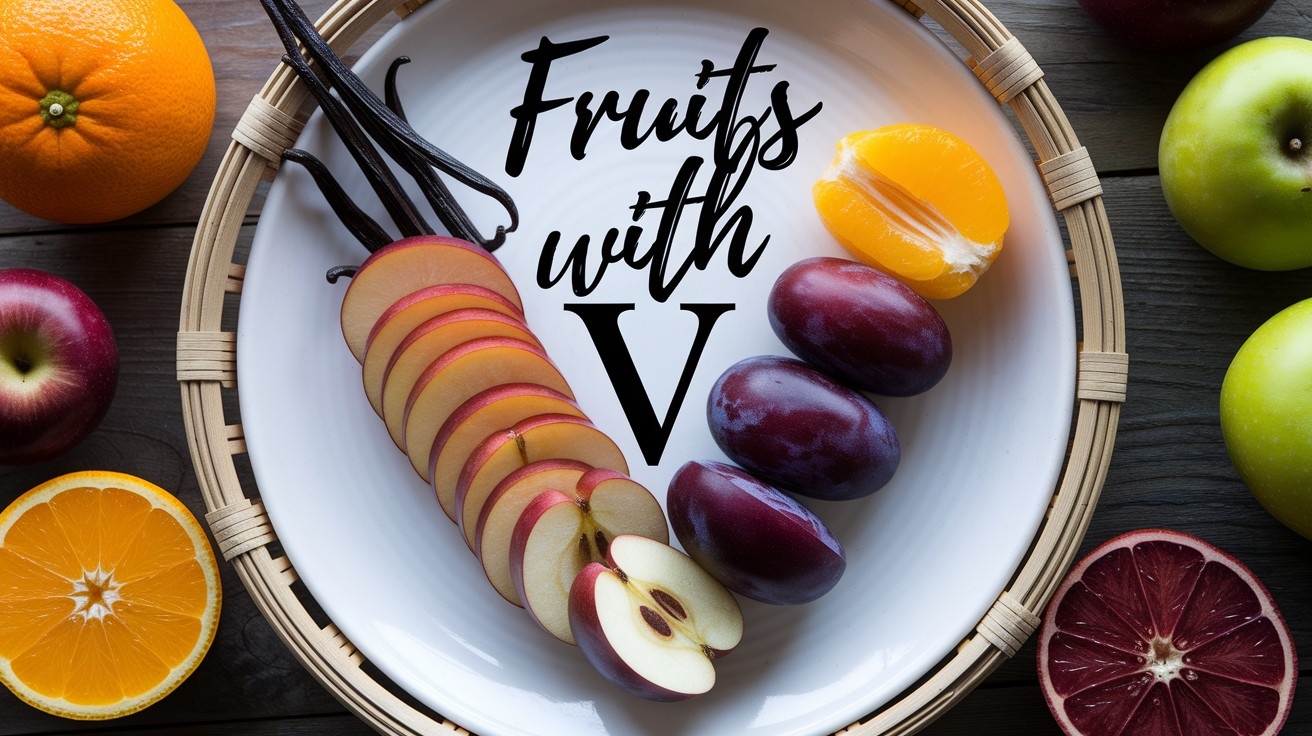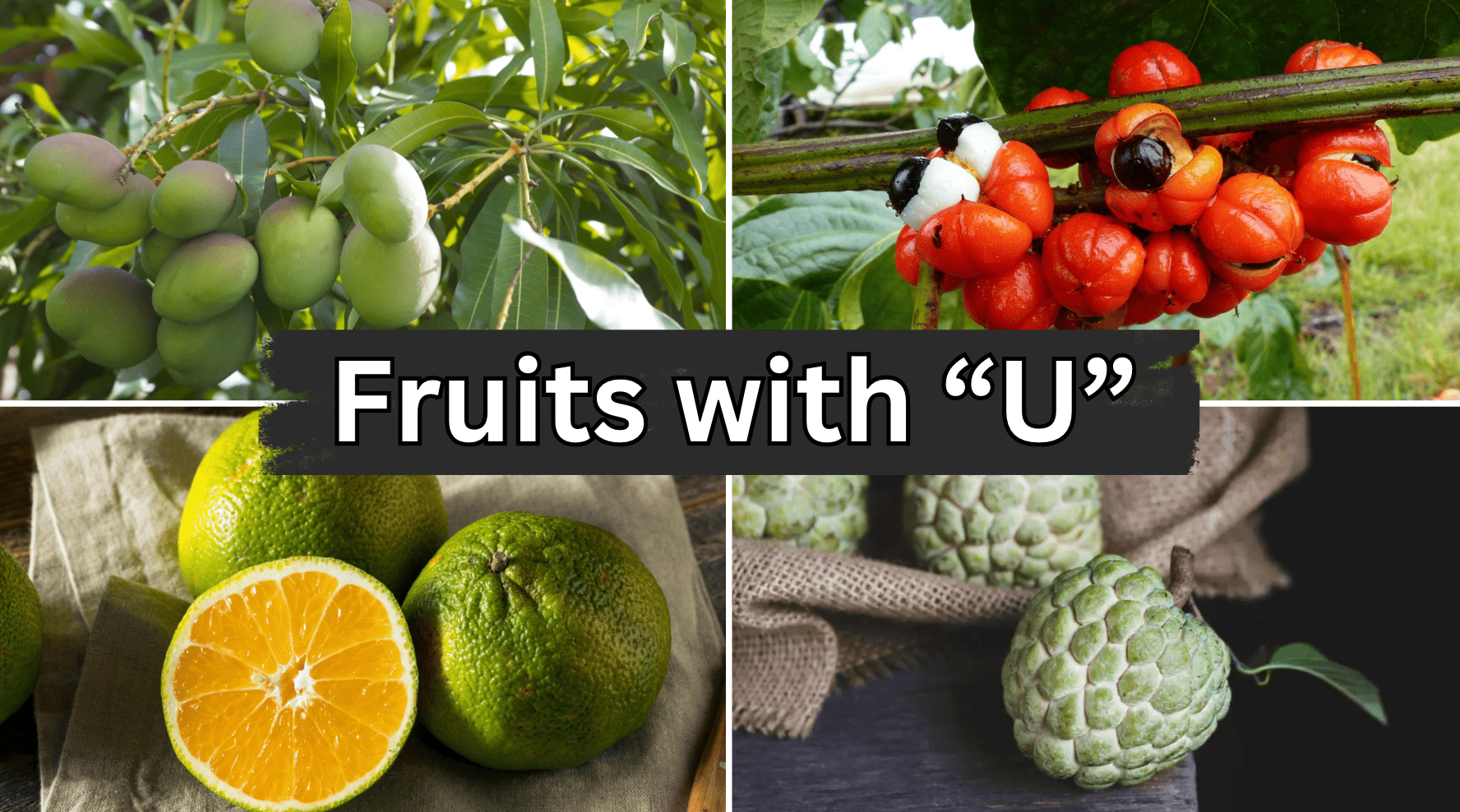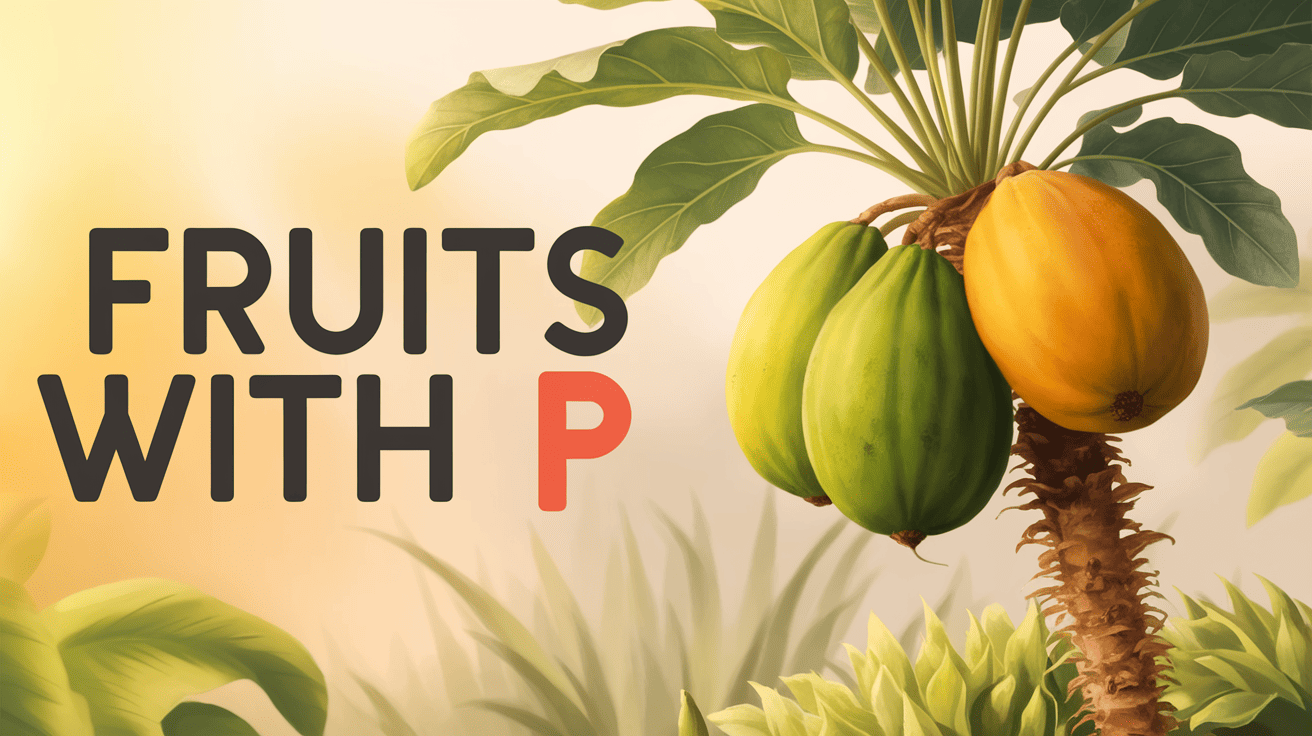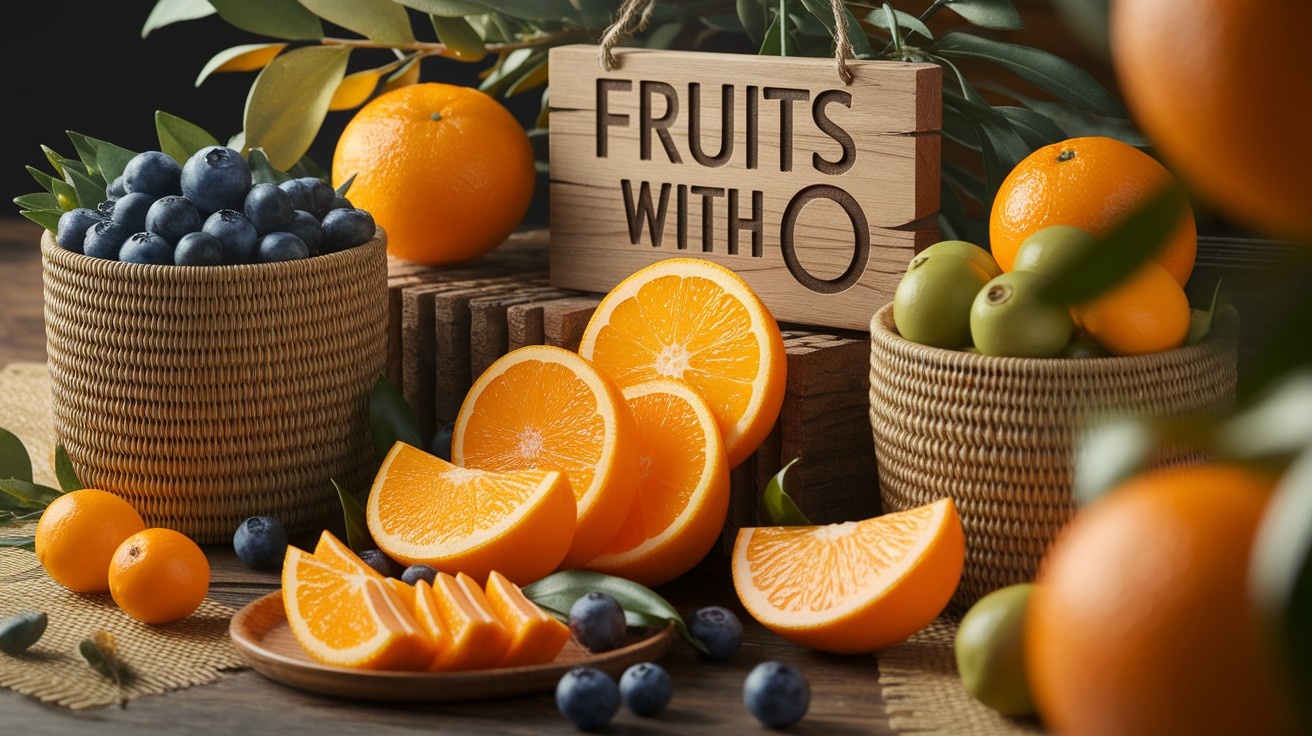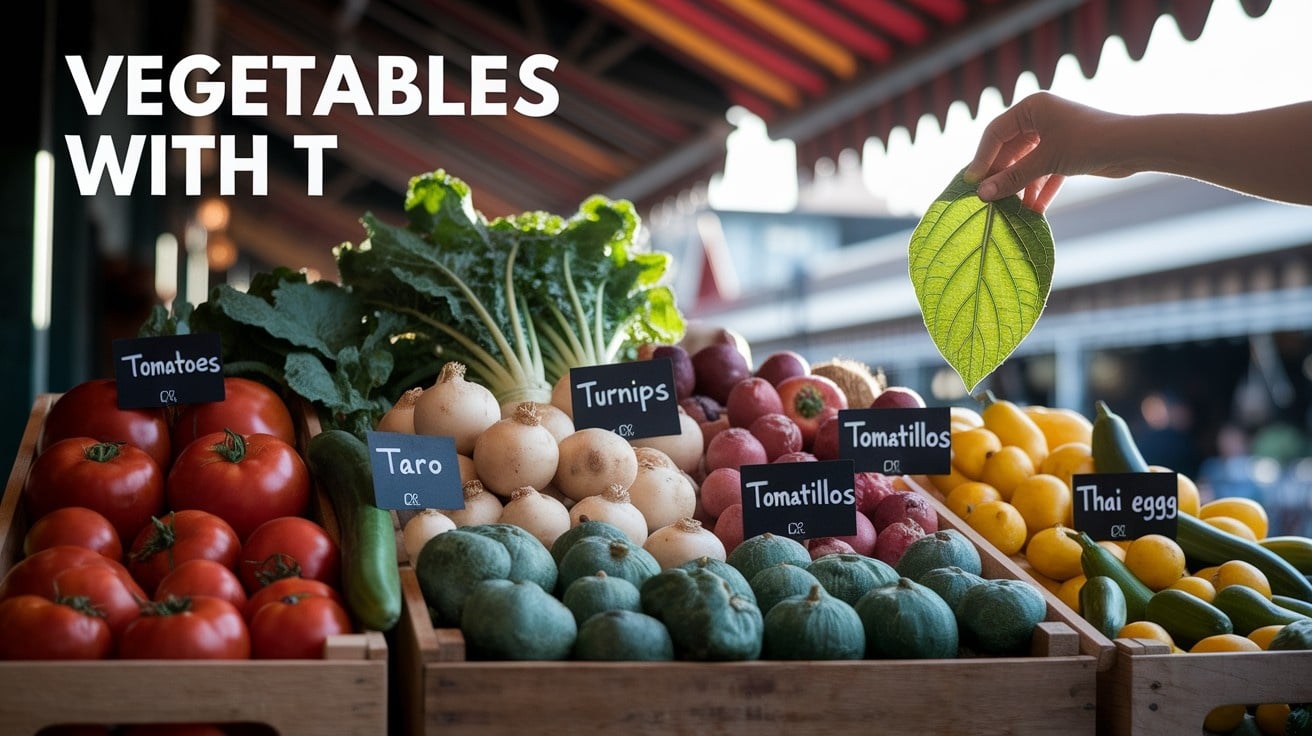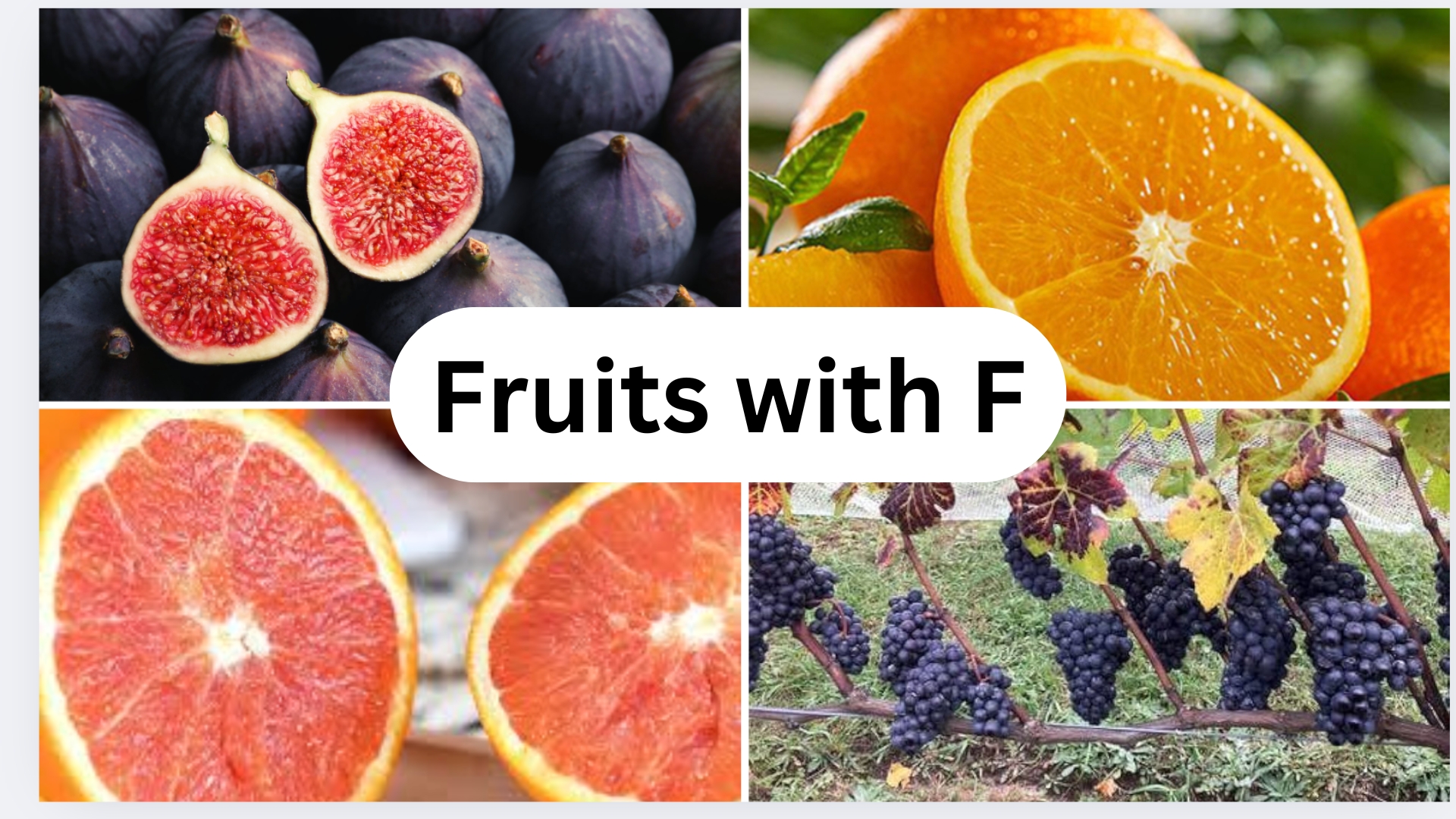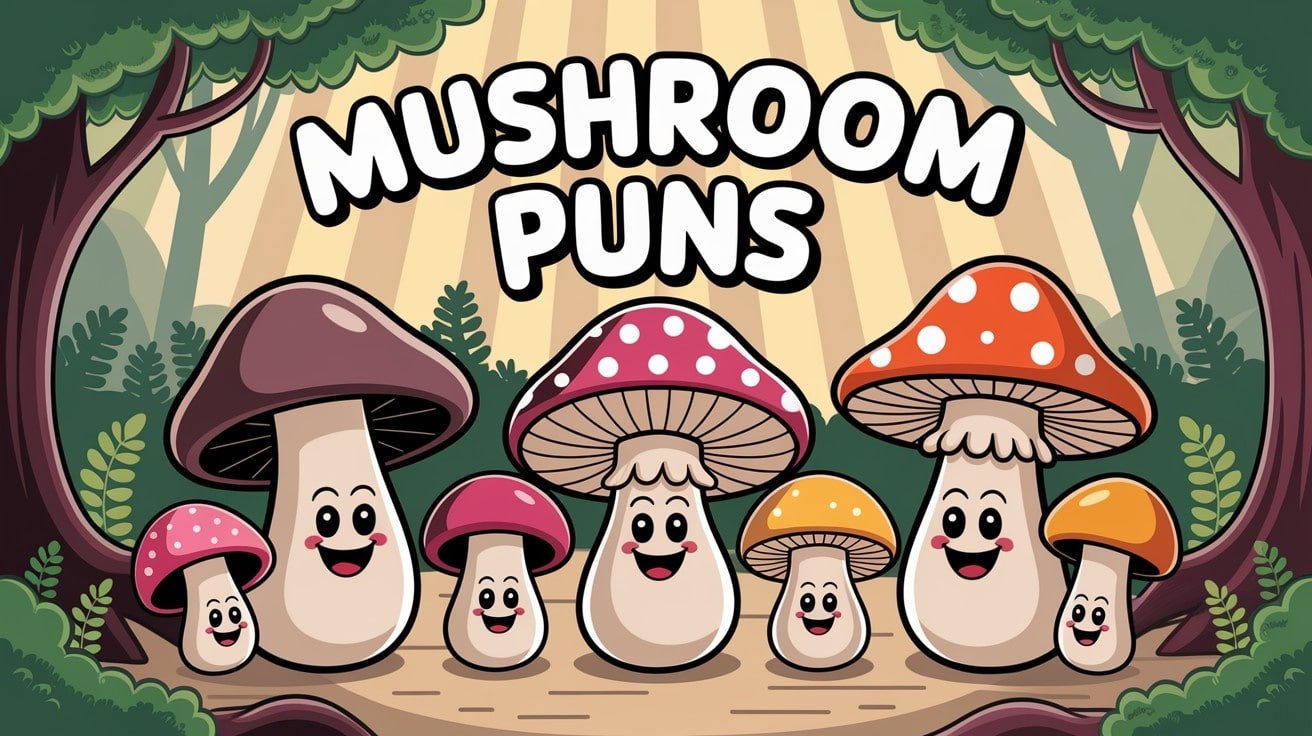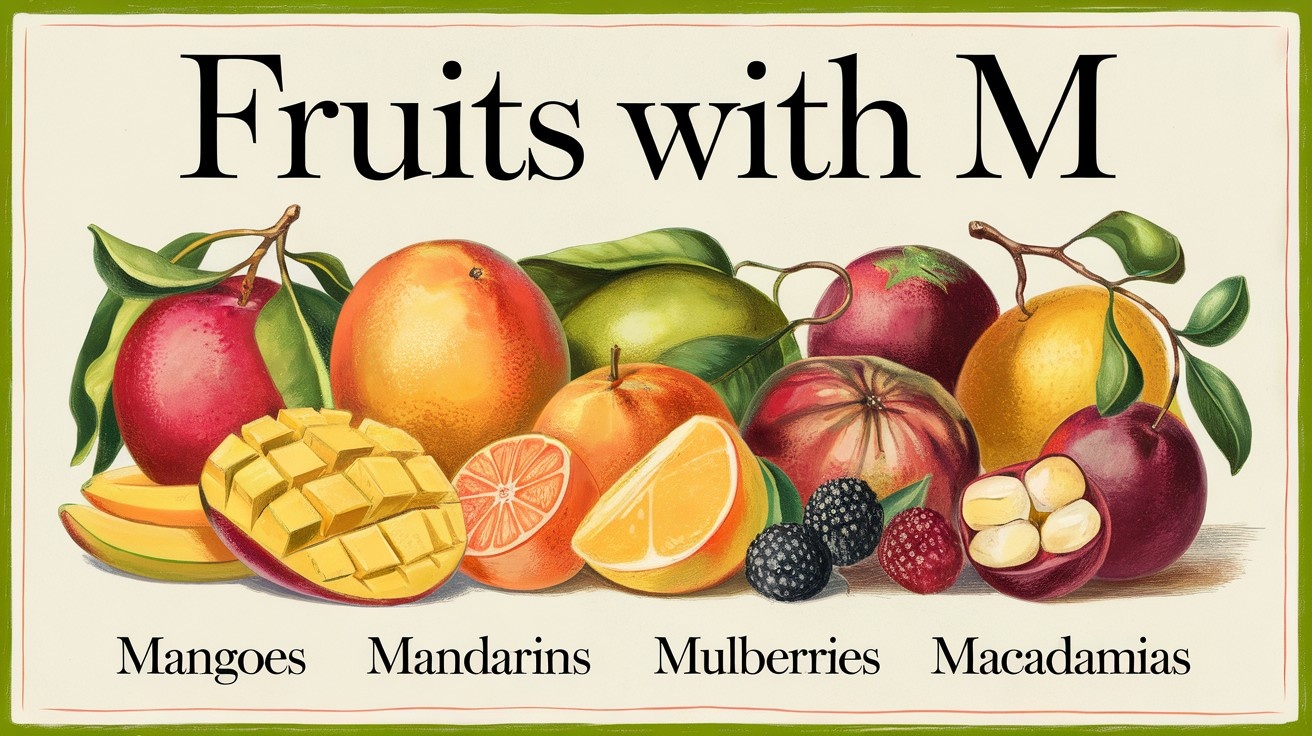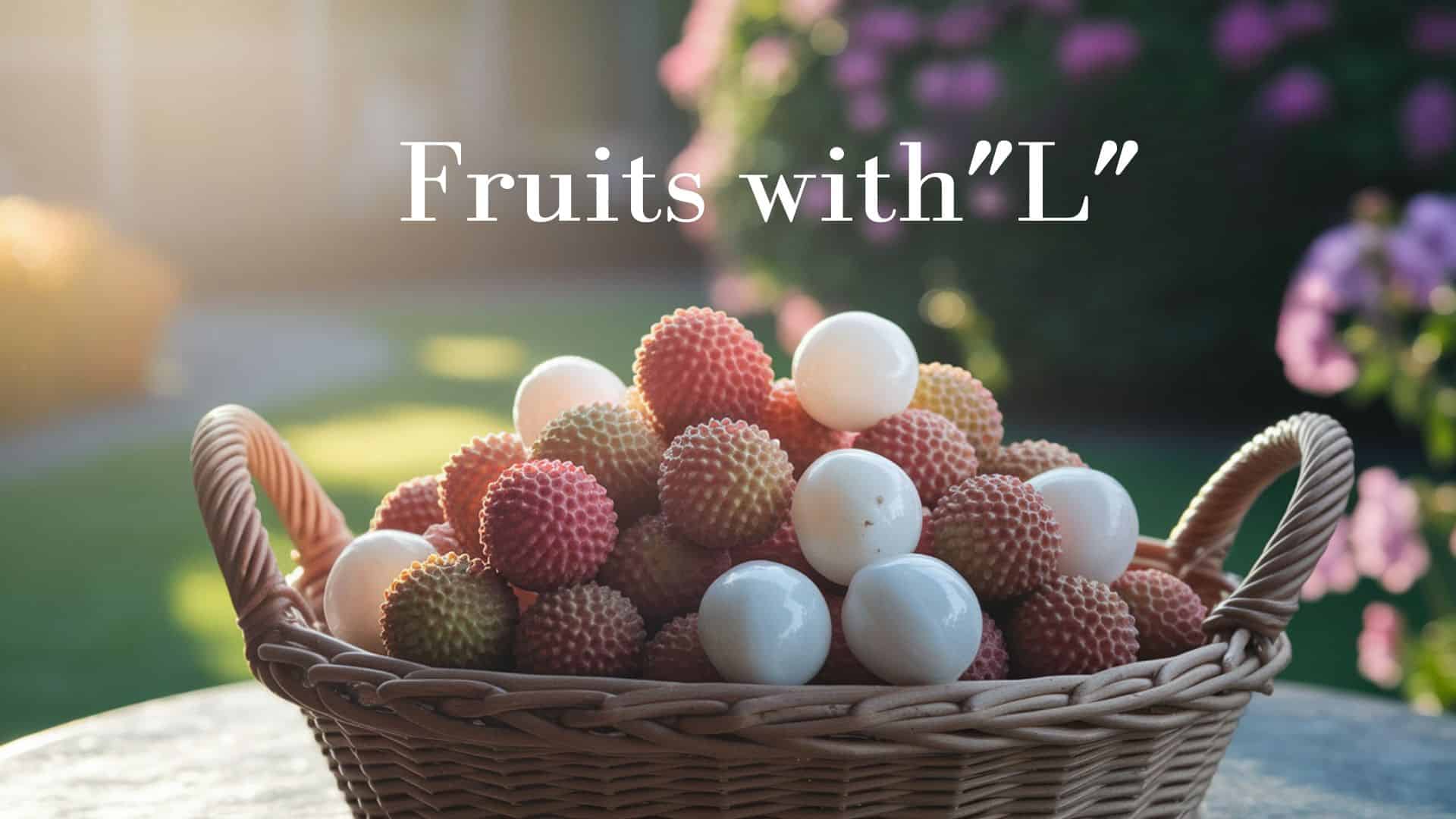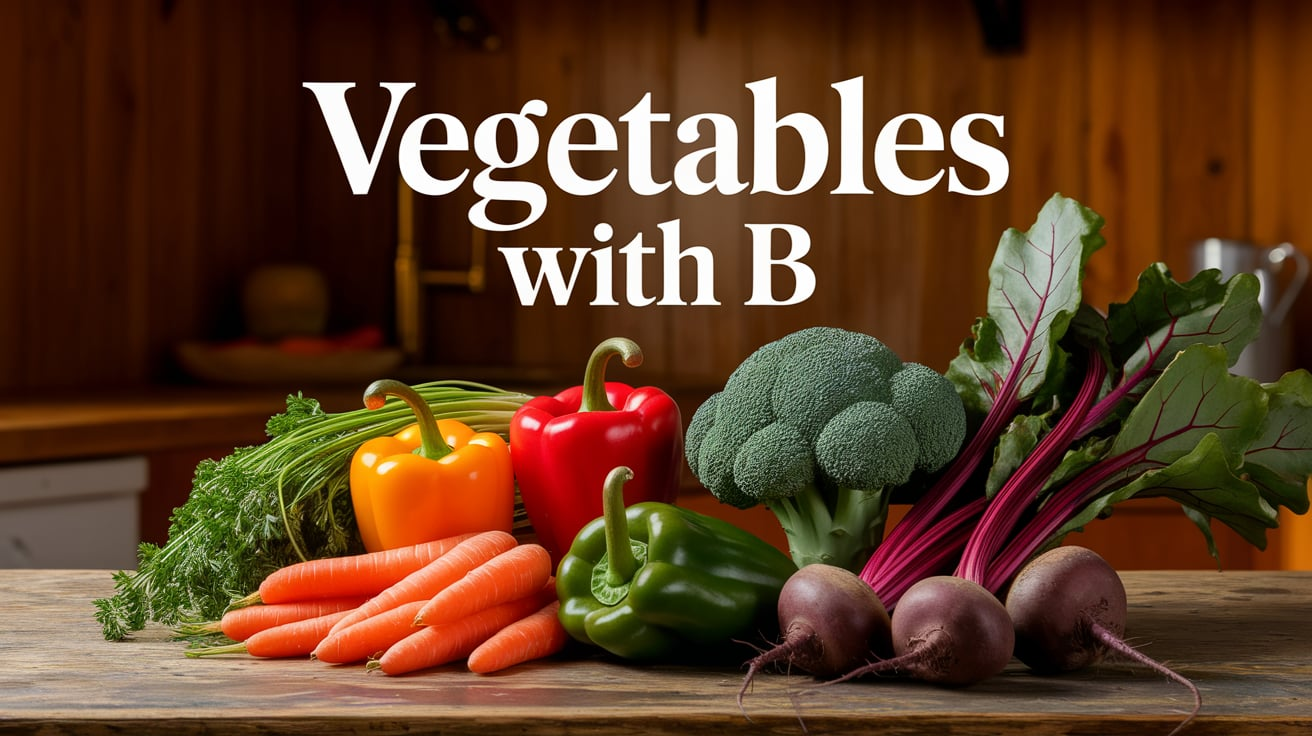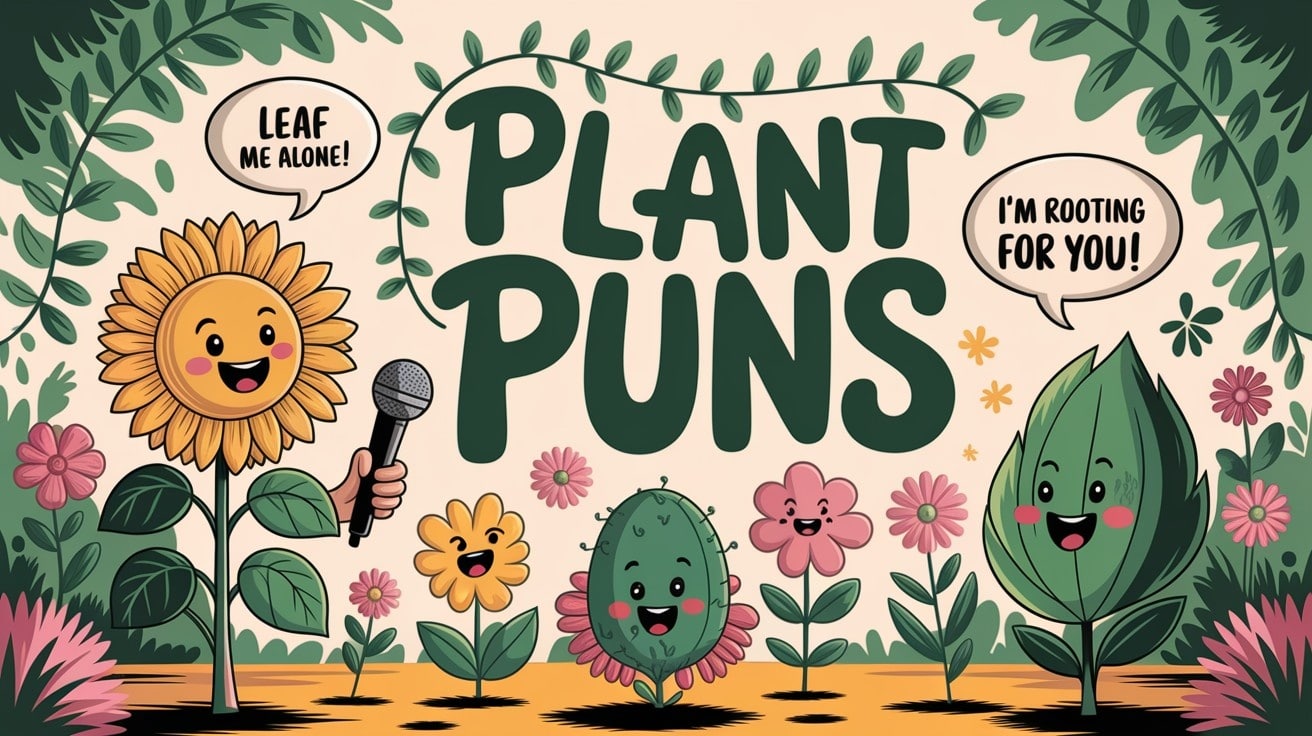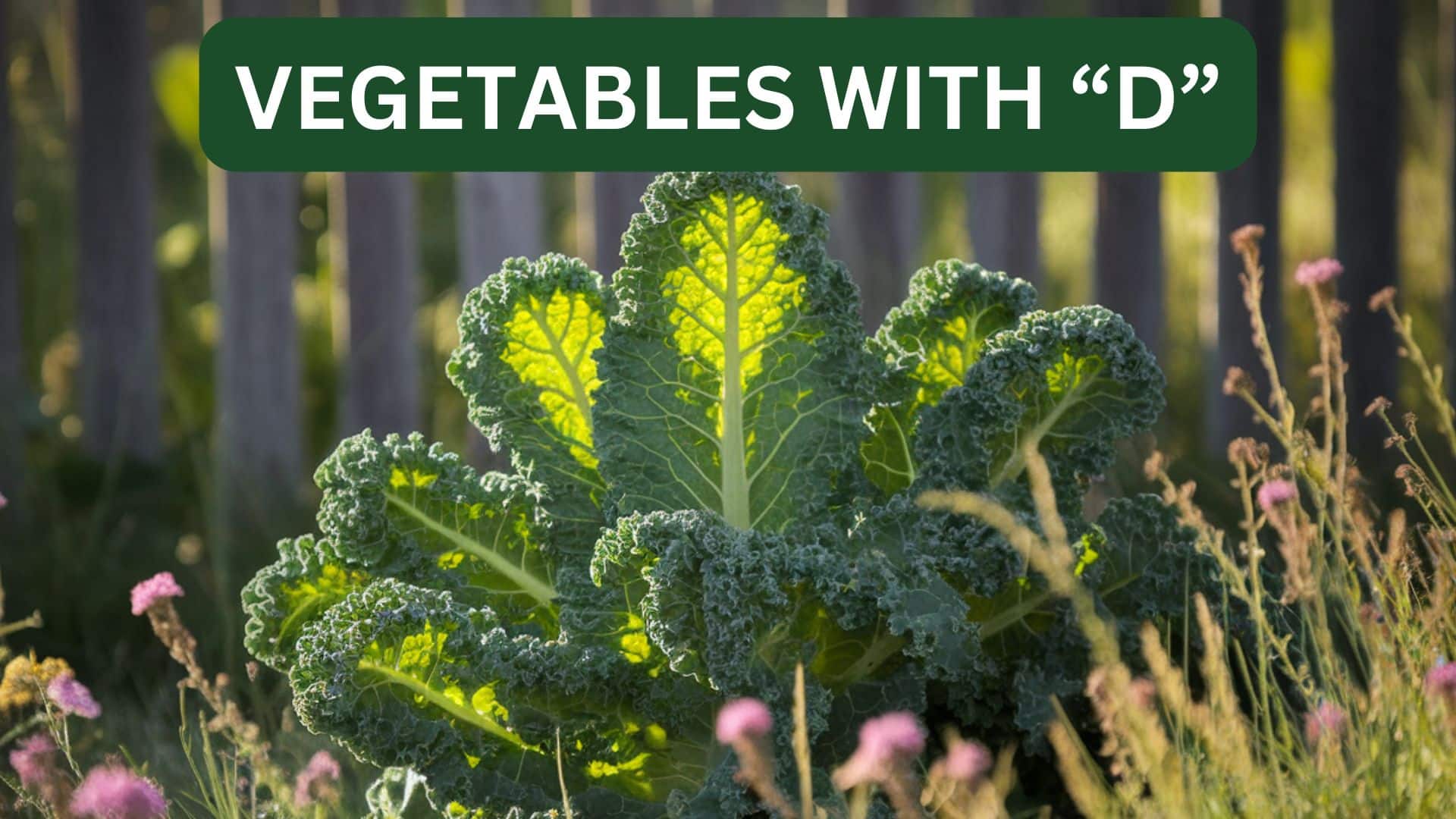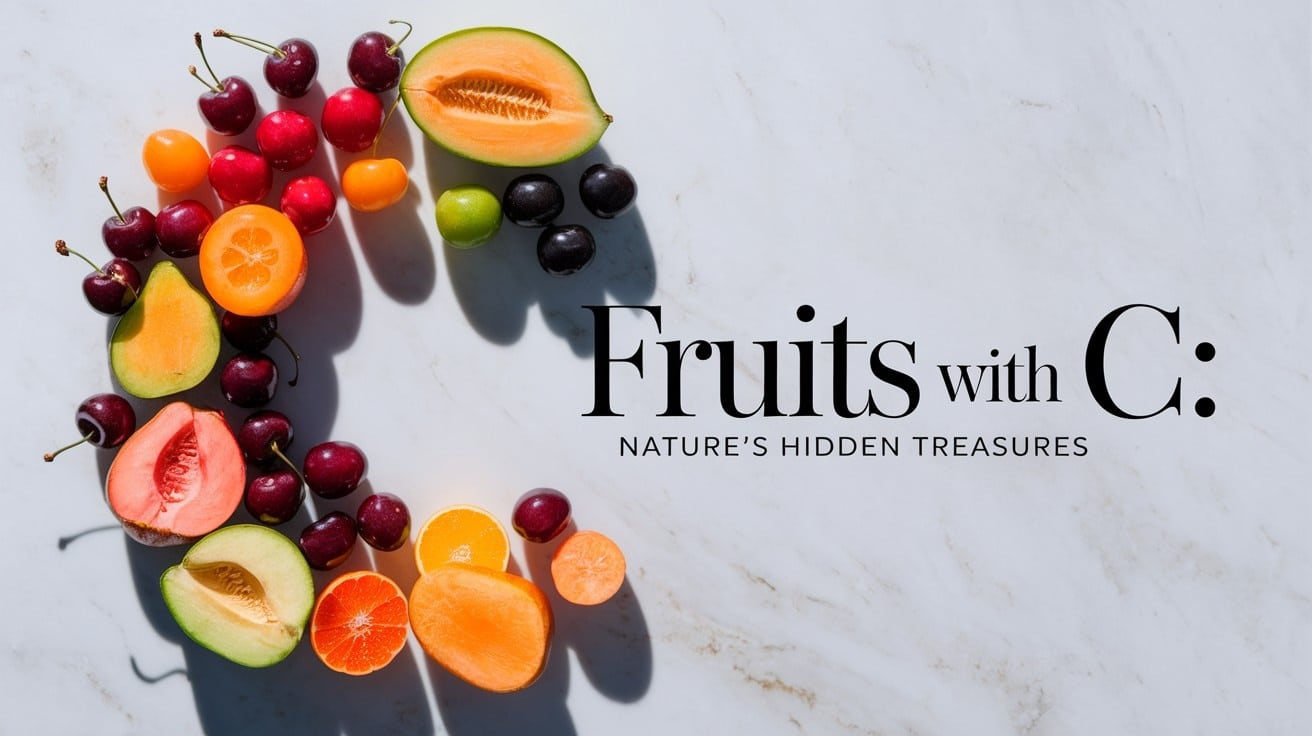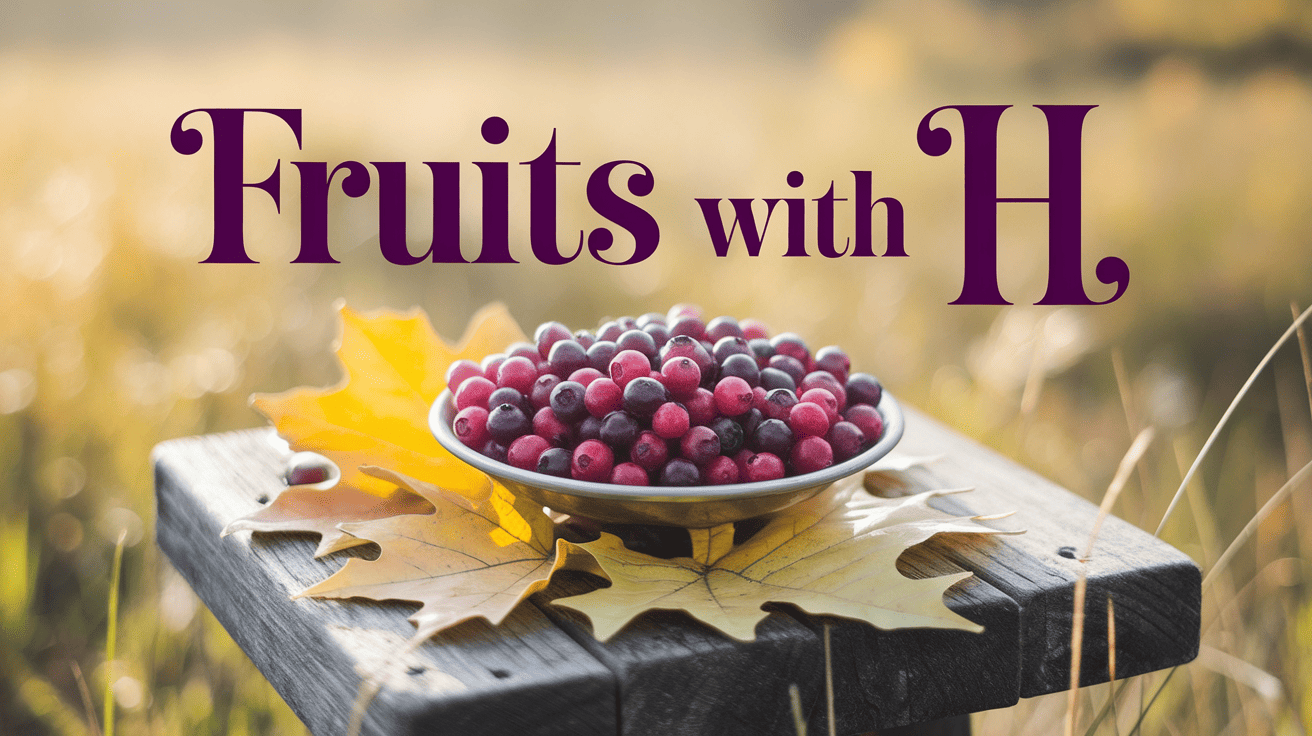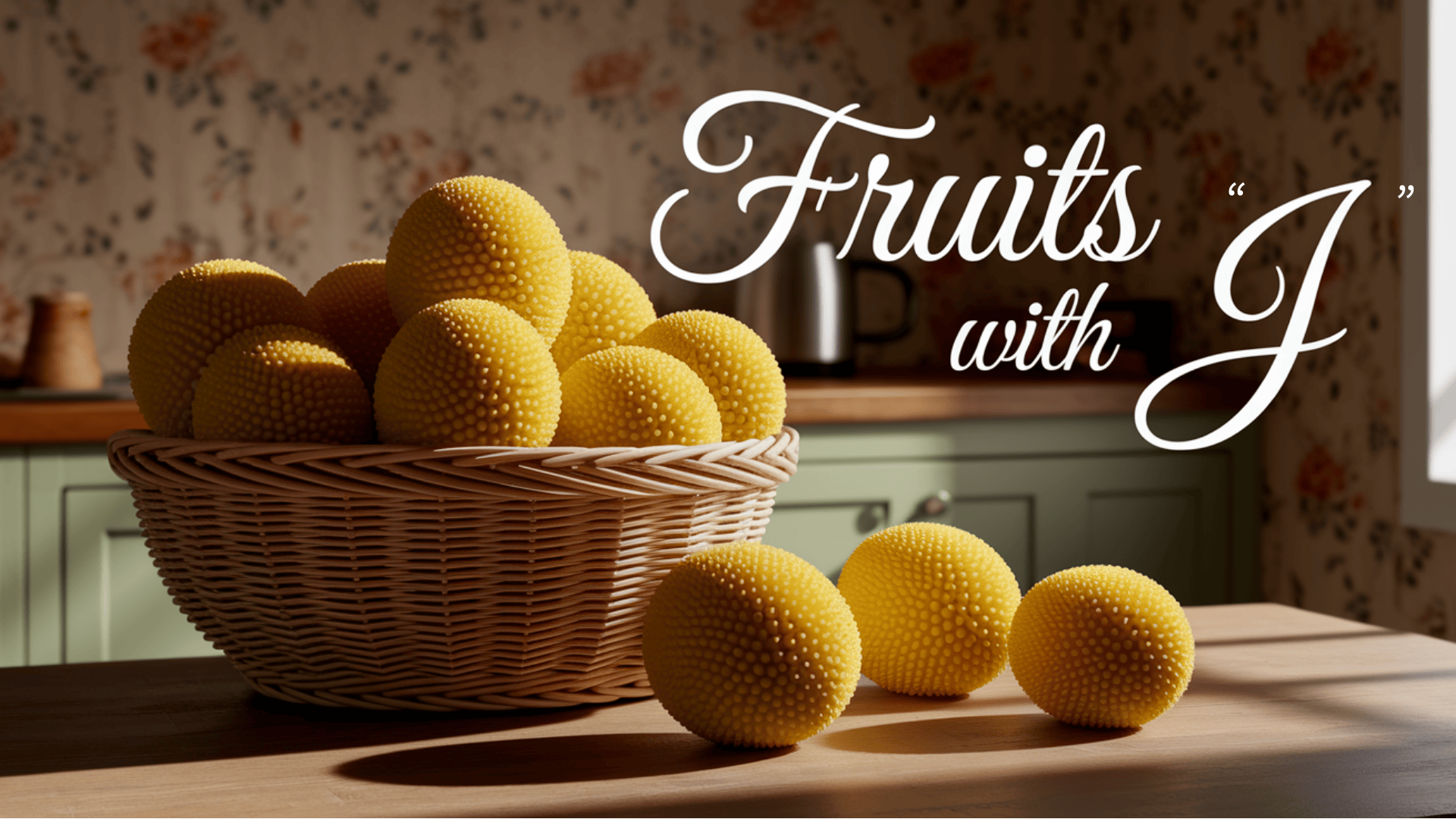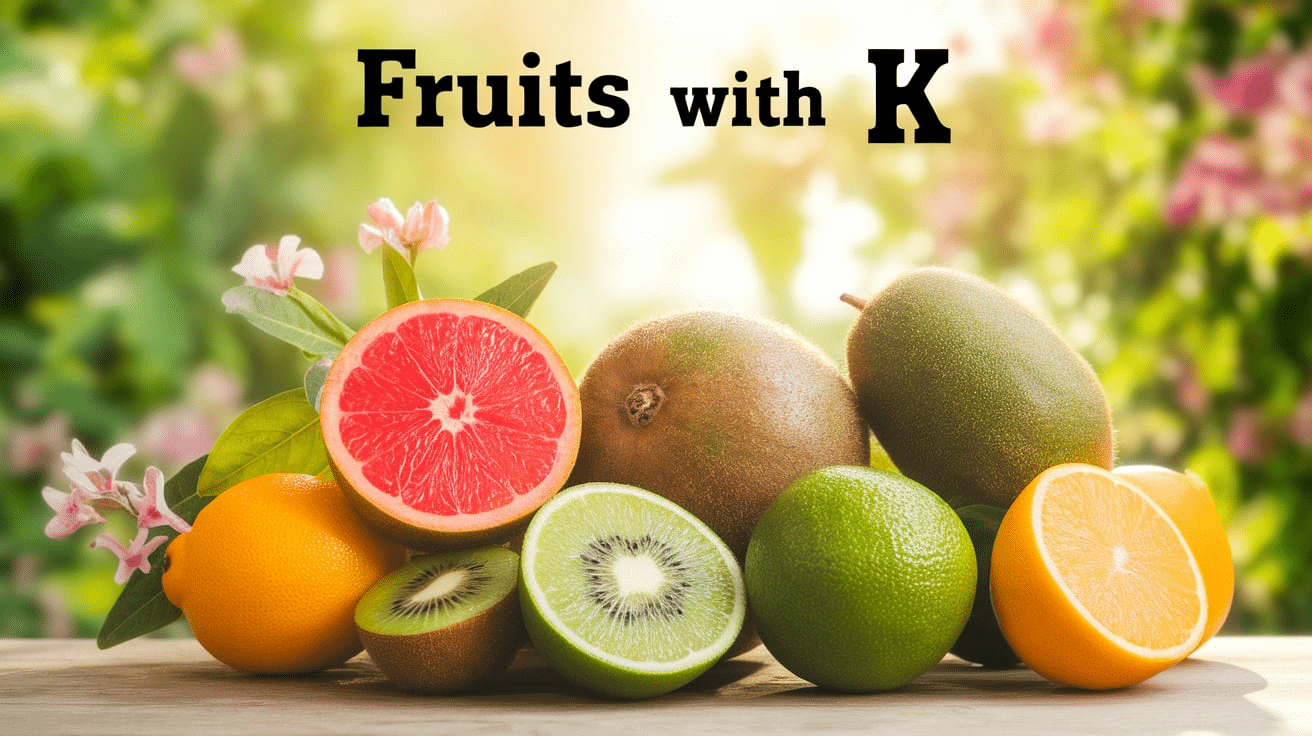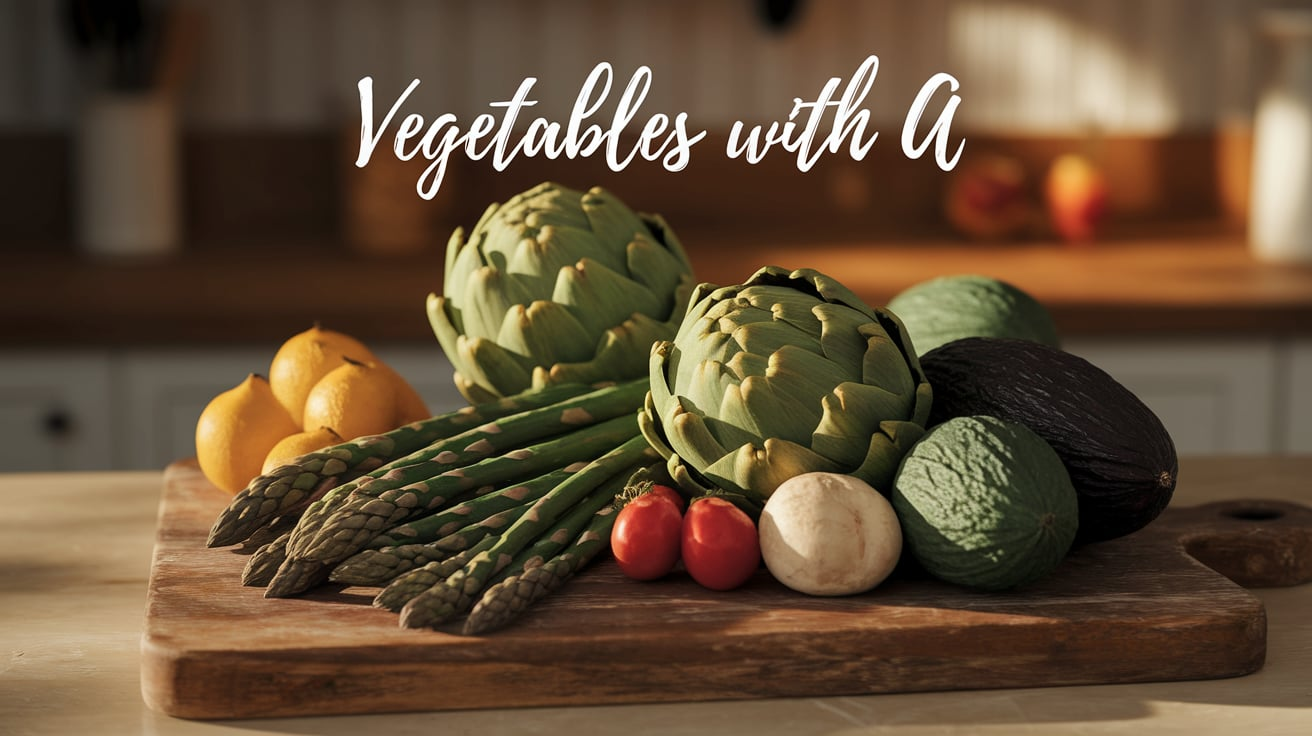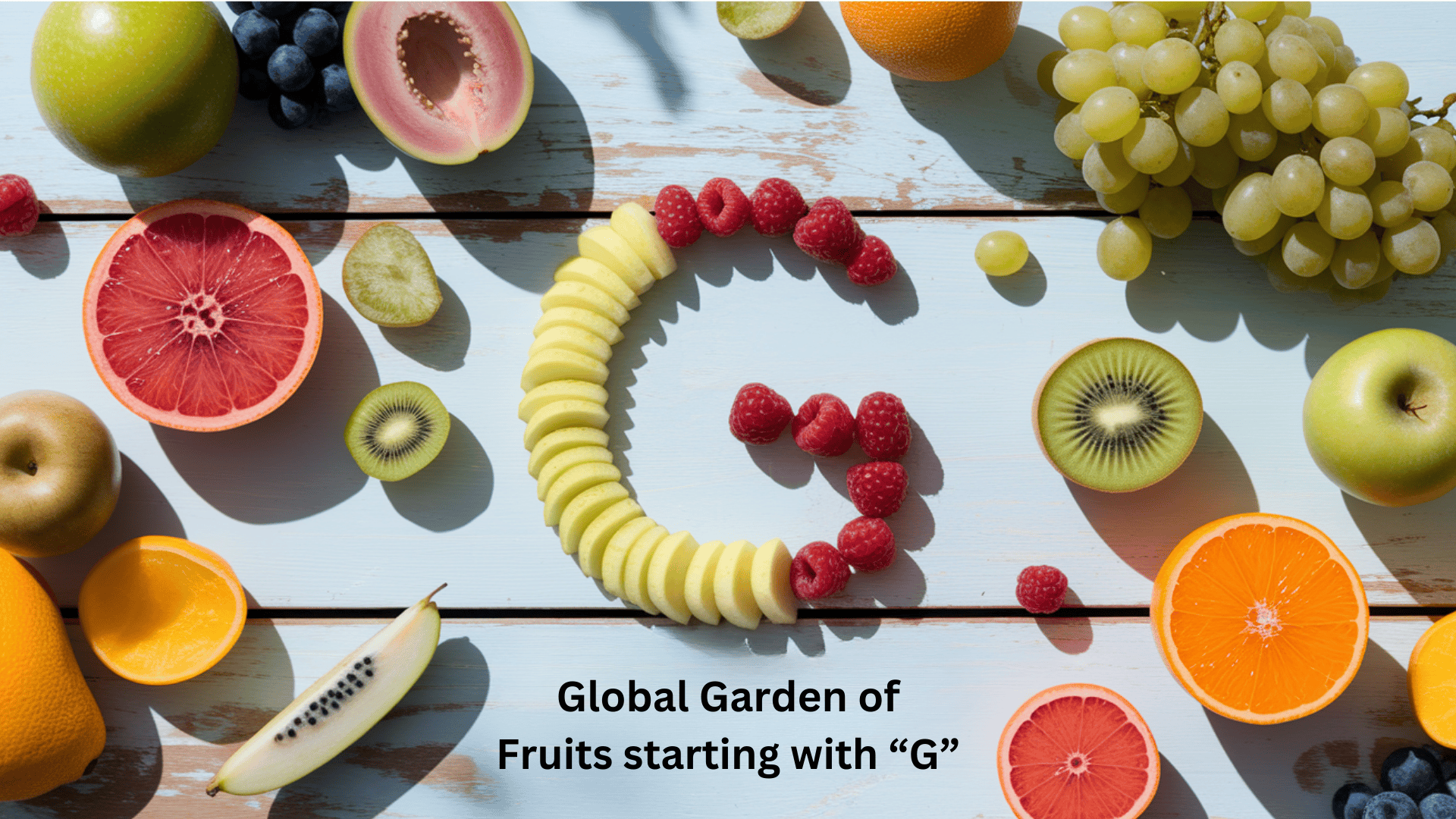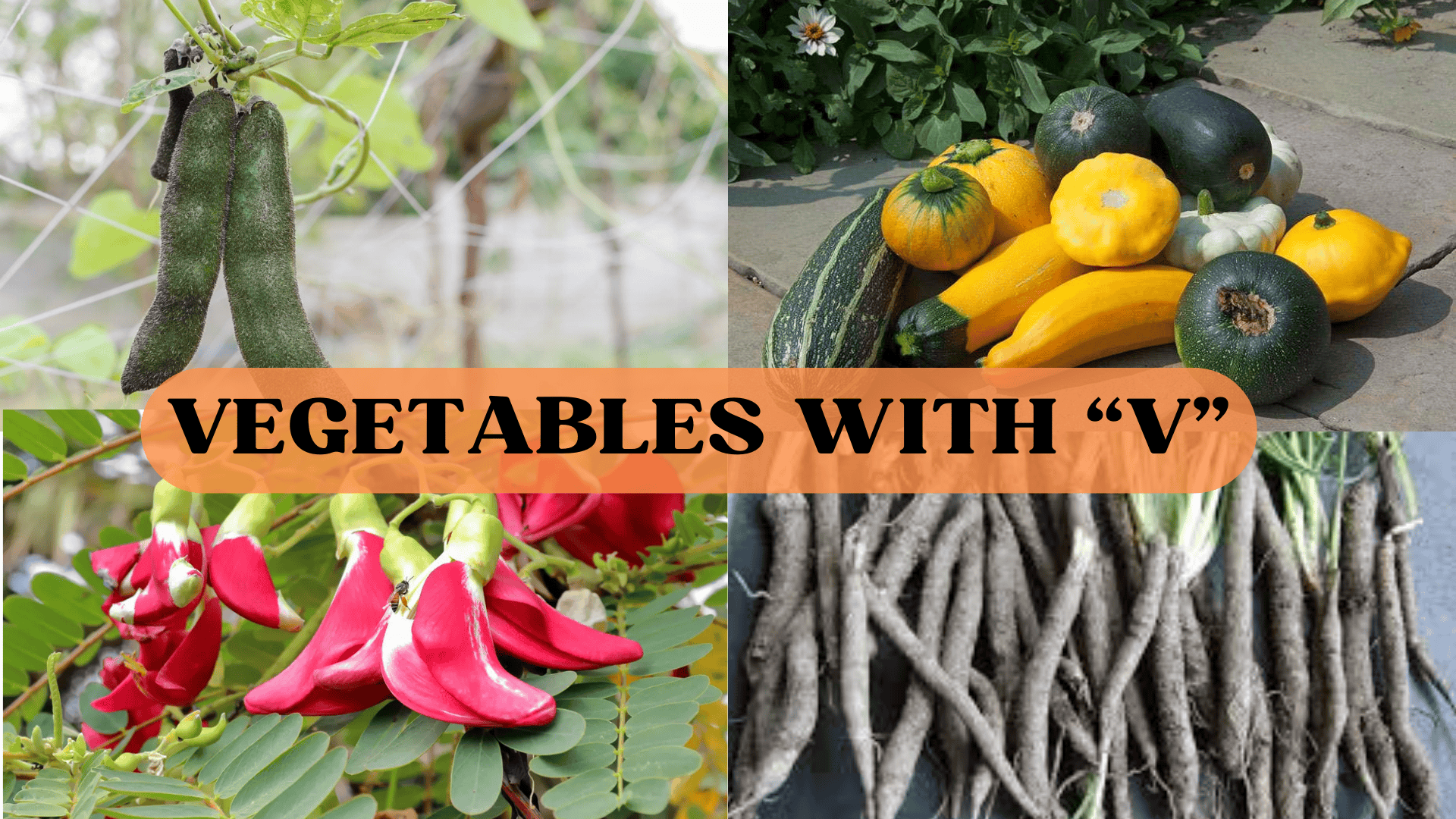
Ever wondered why the world’s sweetest onion shares its name with a small Georgia town?
The humble Vidalia onion, crowned the “Sweetest Onion in the World,” represents just one engaging member of the often-overlooked “V” vegetable family.
From Valerian’s sleep-inducing properties to the hand-pollinated vanilla orchid pods that grace our desserts, vegetables and herbs beginning with “V” offer surprising diversity and global heritage.
These plant foods connect continents – from the Andes’ Volunteer Potatoes to Southeast Asia’s Vegetable Hummingbird – while providing unique flavors and powerful health benefits that deserve a prominent place in your kitchen and wellness routine.
NOTE: Some of these vegetables may require special preparation before consumption, and some may not even be eaten by humans. Please check carefully before consuming.
Common Vegetables With “V”
1. Vidalia Onion
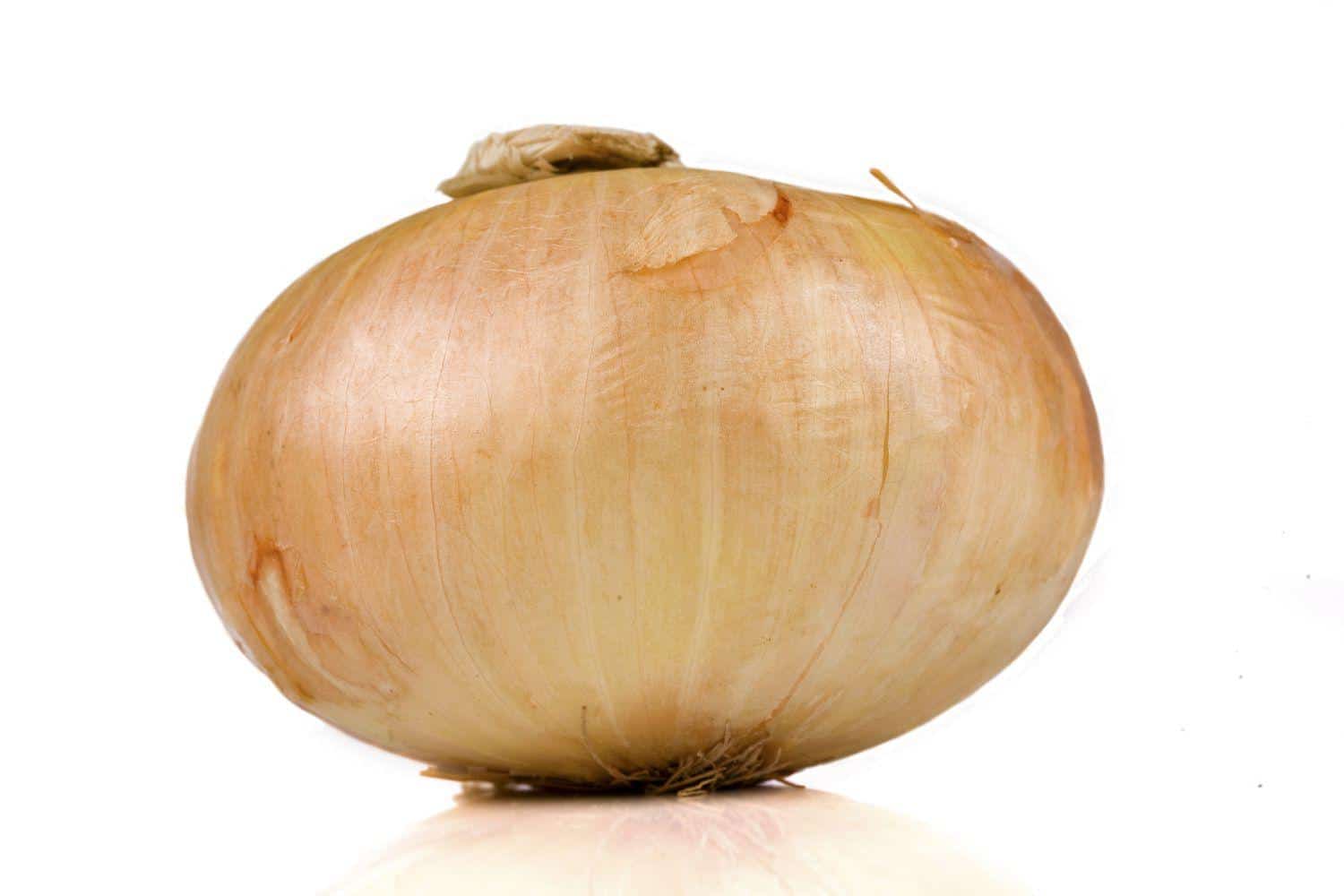
Vidalia onions, which originate from Vidalia, Georgia, are known for their sweet flavor. They are often used in raw applications, like salads, or in cooking to add a mild sweetness to dishes. Their mild taste makes them a favorite for grilling and caramelizing.
- Origin: Vidalia, Georgia, USA
- Health Benefits: Rich in antioxidants, supporting heart health.
- Fun Fact: Vidalia onions are considered the “Sweetest Onion in the World.”
2. Valerian
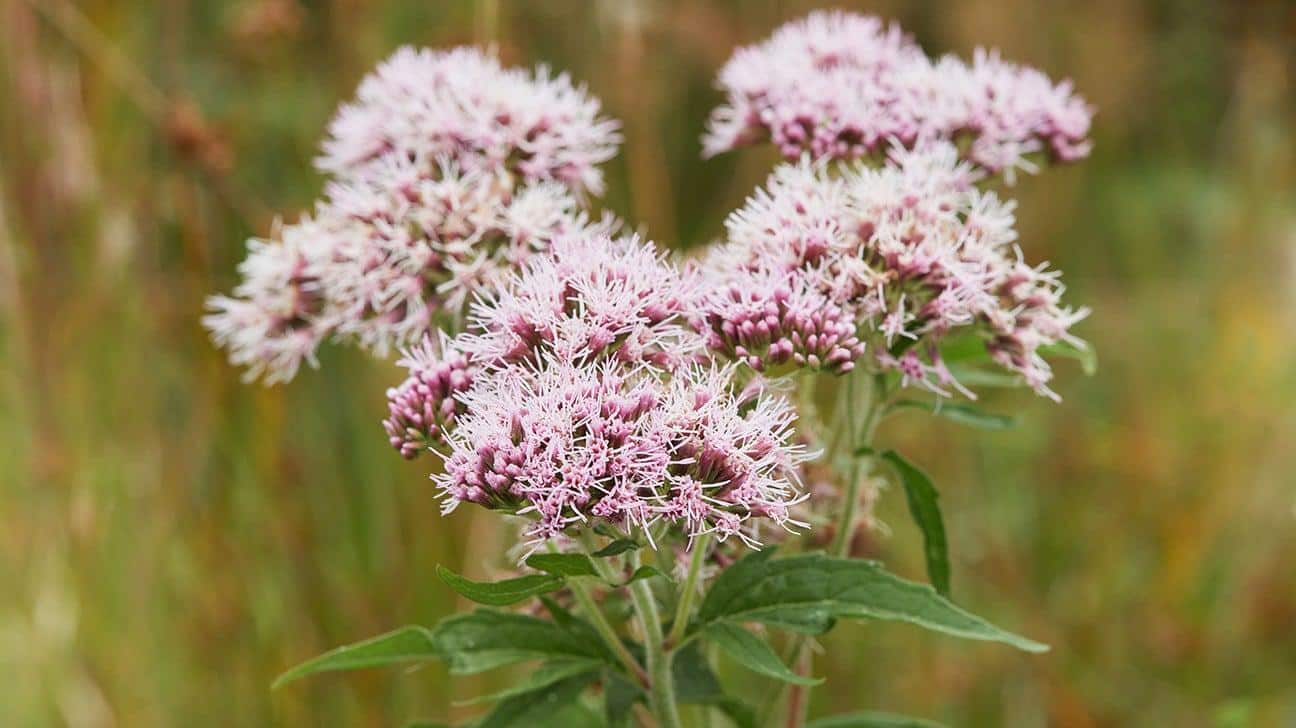
Valerian is an herb commonly known for its calming properties. It is often used in teas and supplements to promote sleep and reduce anxiety. It has a long history in traditional medicine.
Origin: Native to Europe and Asia
Health Benefits: Helps reduce anxiety and improve sleep quality.
Fun Fact: The root of valerian has been used for centuries as a natural remedy for insomnia.
3. Valmaine Lettuce
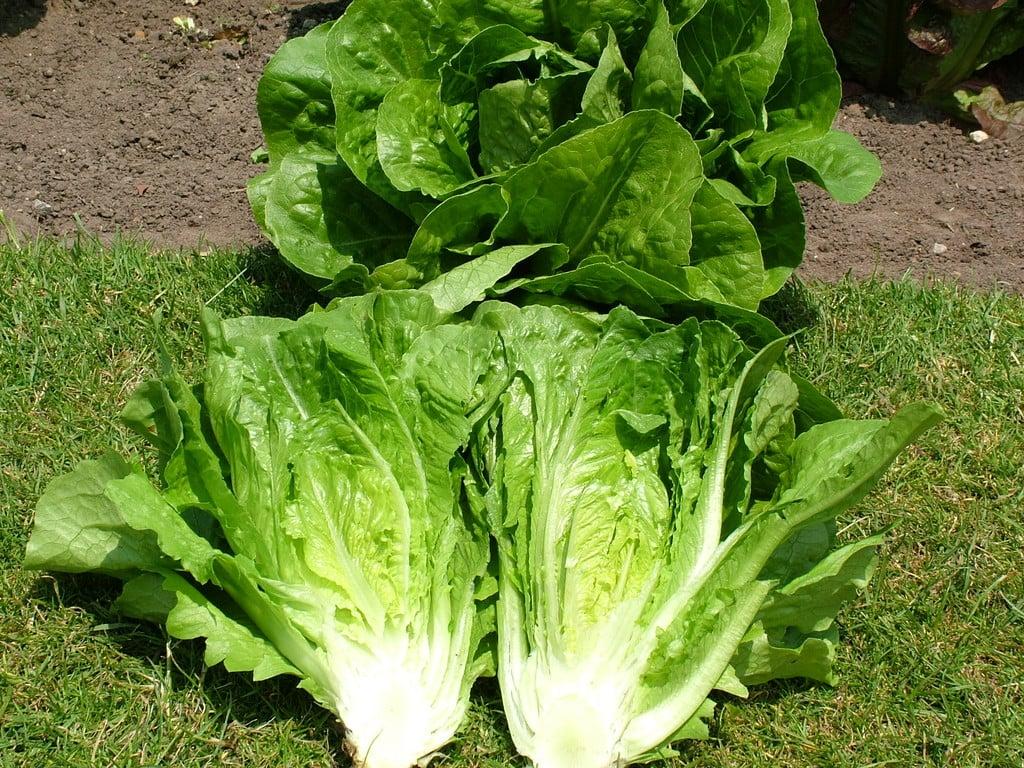
Valmaine lettuce is a crisp, tender variety of romaine known for its bright green leaves and strong, sweet flavor. It is often used in salads or as a garnish.
- Origin: Developed in the United States
- Health Benefits: Low in calories and high in fiber and vitamins A and K.
- Fun Fact: Valmaine lettuce has a longer shelf life compared to other lettuce varieties.
4. Vanilla
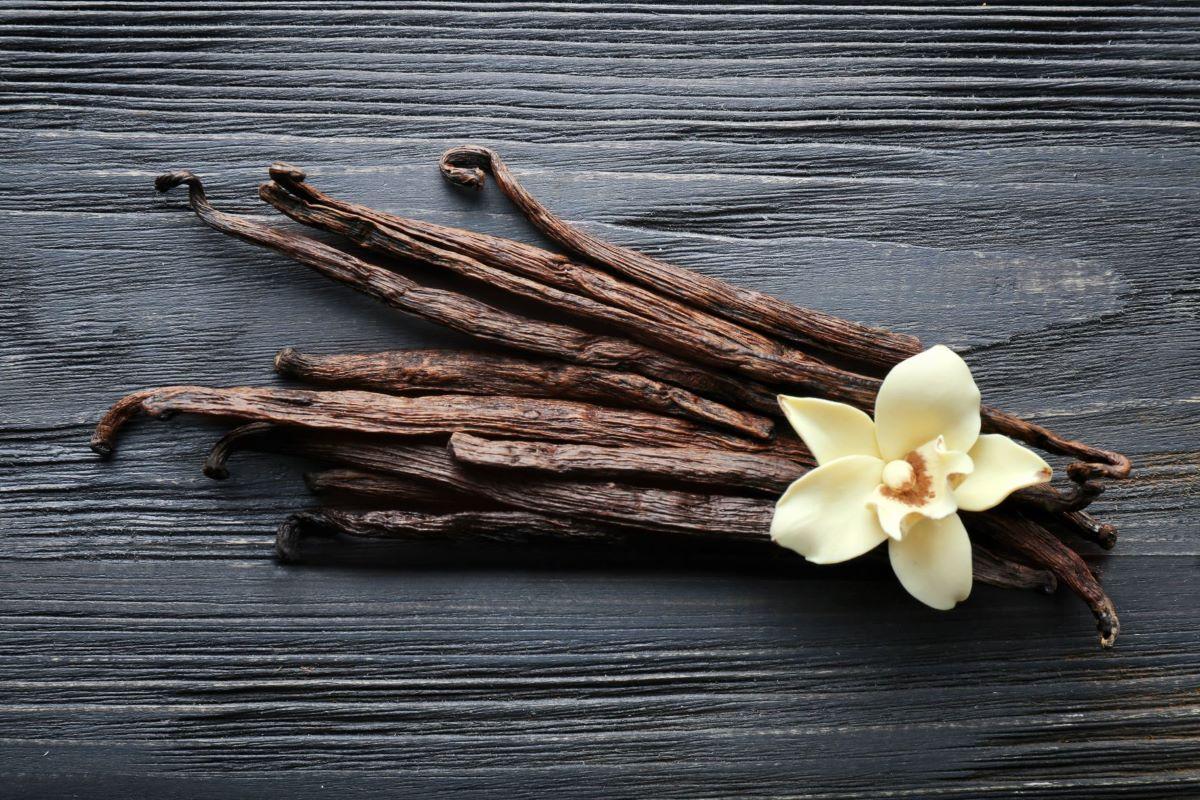
Vanilla is a tropical orchid known for its fragrant, sweet flavor. It is one of the most popular and expensive spices in the world, used in desserts, beverages, and baking.
- Origin: Mexico, now grown in tropical regions worldwide
- Health Benefits: Contains antioxidants and may improve digestion.
- Fun Fact: Vanilla comes from the seed pods of the vanilla orchid, which must be hand-pollinated.
5. Vates
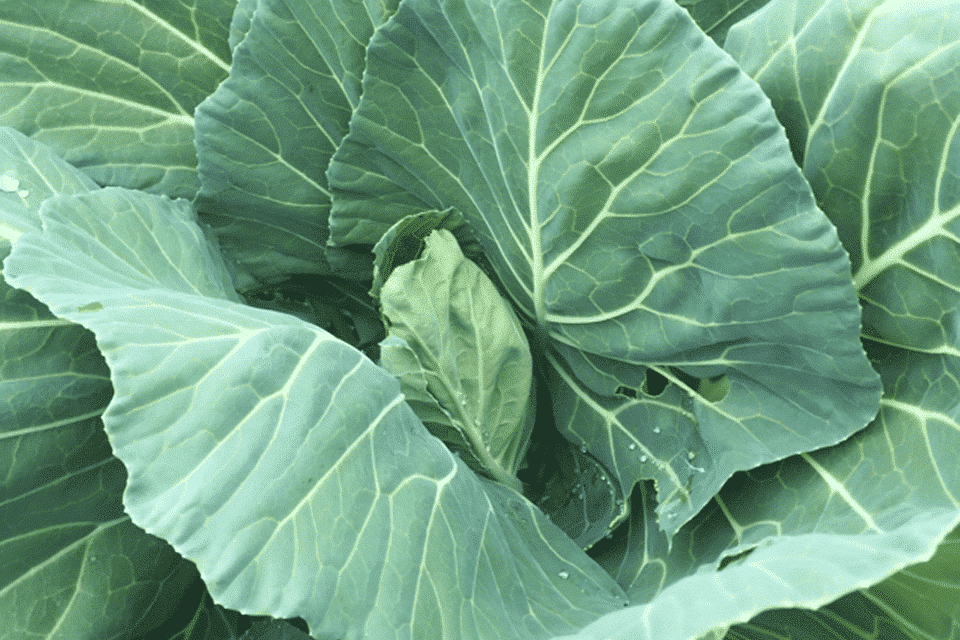
Vates refers to a variety of collard greens known for their smooth, dark-green leaves. They are a staple in Southern cooking and are known for their mild flavor.
Origin: Developed in the U.S.
Health Benefits: High in vitamins A, C, and K, supporting bone and immune health.
Fun Fact: Vates collard greens grow quickly and are often used in soul food recipes.
6. Volunteer Potatoes
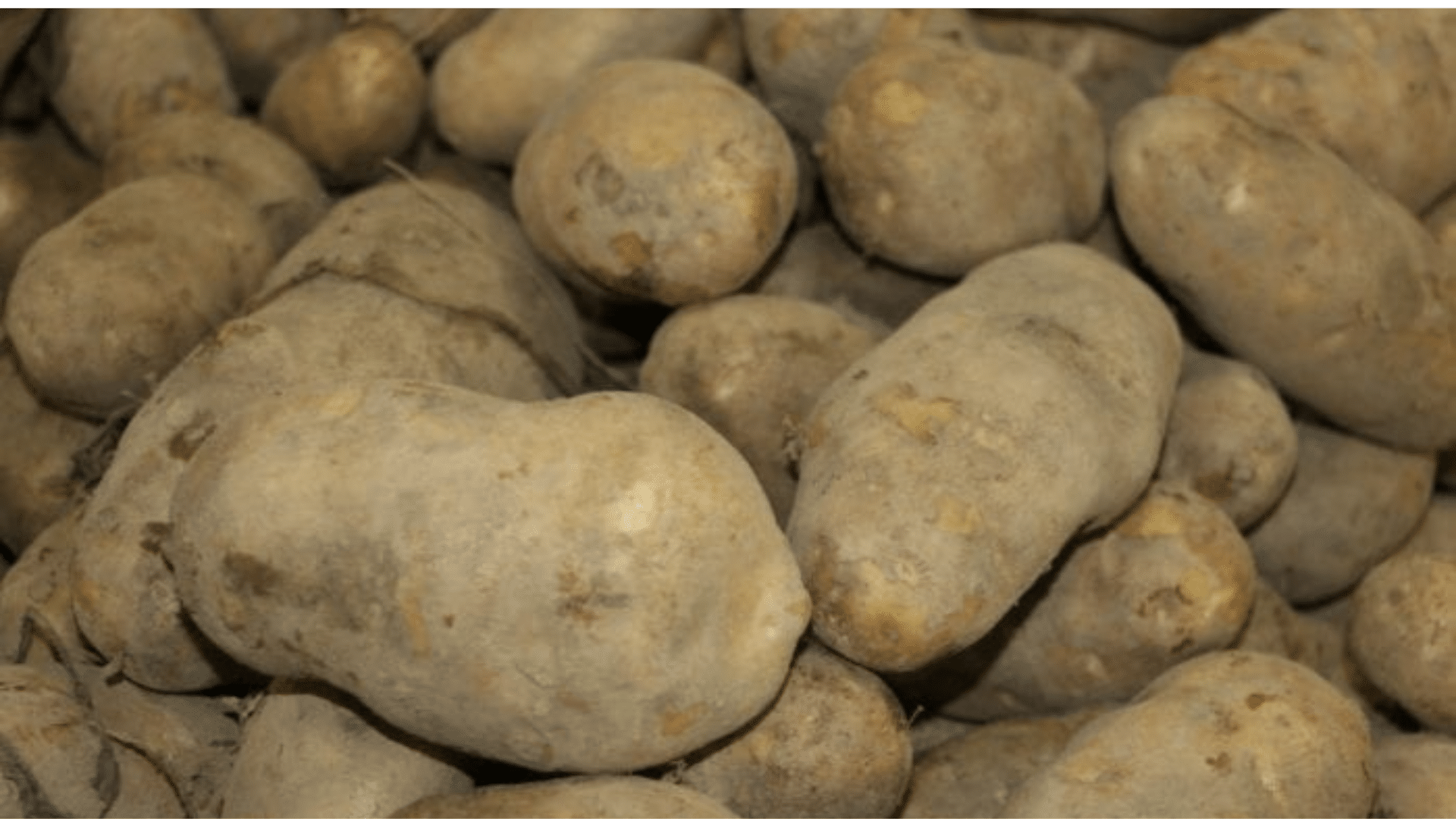
Volunteer potatoes grow naturally without being intentionally planted, often sprouting from leftover tubers in the soil.
- Origin: Native to the Andes region, these potatoes were cultivated by ancient civilizations.
- Health Benefits: Rich in potassium and vitamin C, Volunteer Potatoes support heart health and boost immunity.
- Fun Fact: These potatoes can sprout from seed potatoes left in the soil, requiring no human intervention to grow.
7. Vates Kale
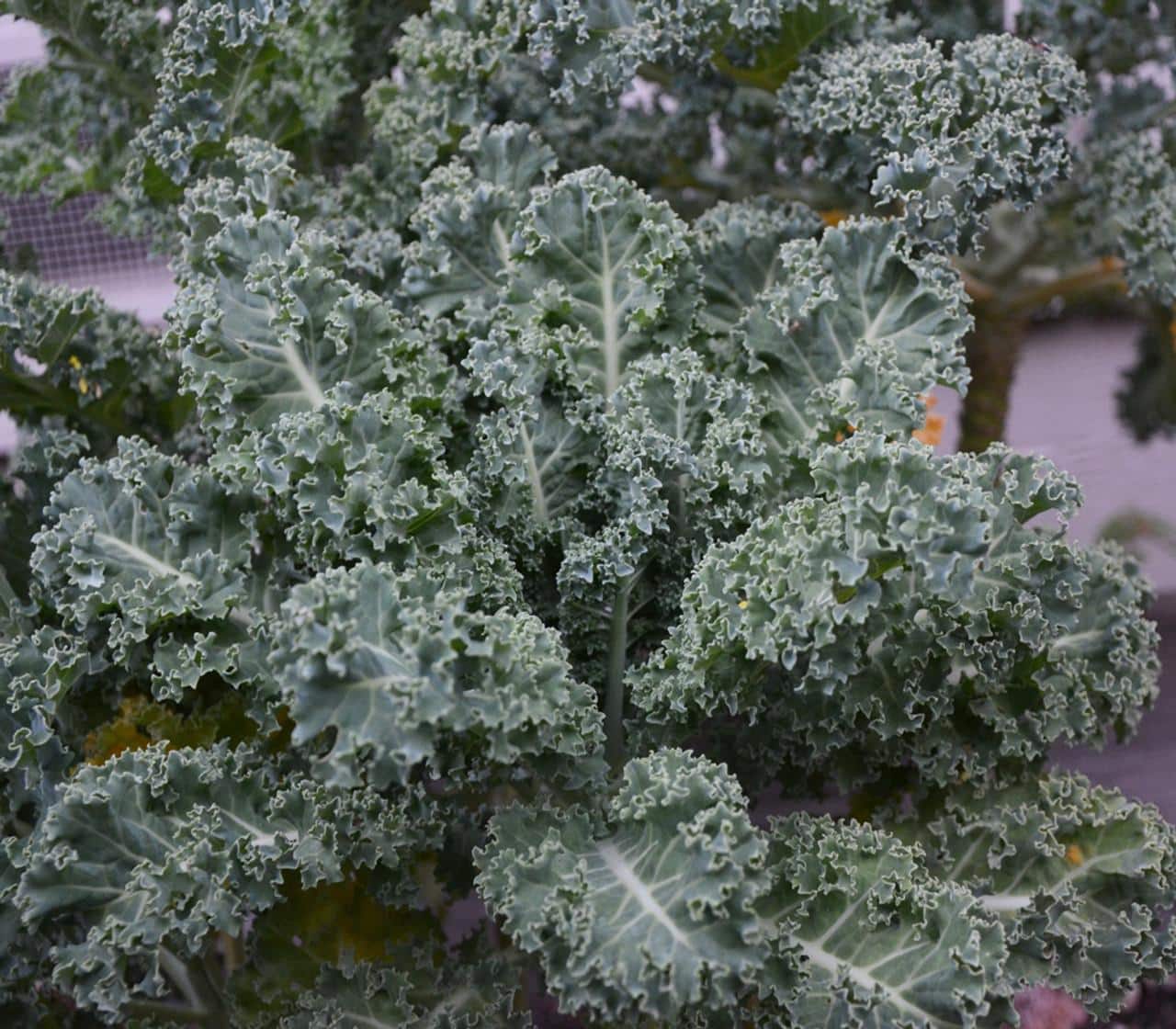
Vates kale is a variety of curly kale that is known for its tightly curled leaves and vibrant green color. It is used in salads, soups, and smoothies.
Origin: Developed in the U.S.
Health Benefits: Packed with vitamins A, C, and K, plus anti-inflammatory properties.
Fun Fact: Vates kale is often used in healthy food trends like kale chips and green smoothies.
8. Vegetable Hummingbird
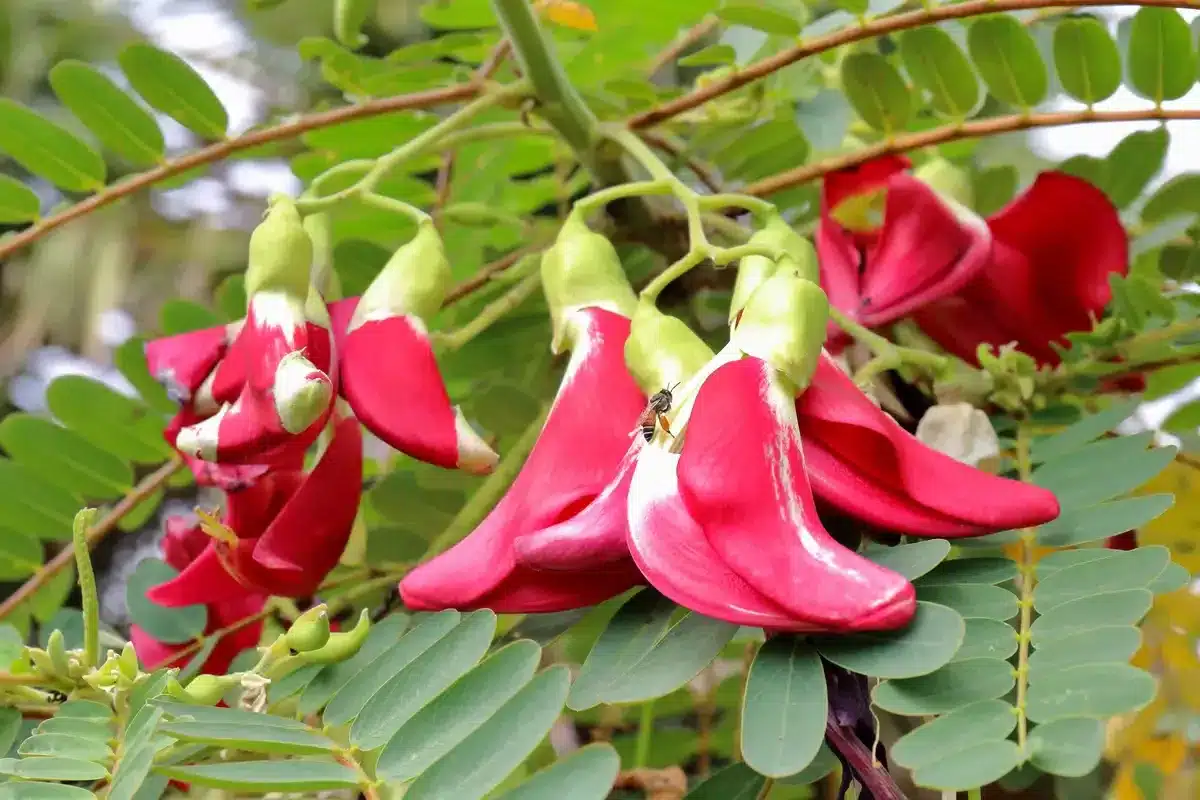
The vegetable hummingbird is a variety of edible flower known for its vibrant, peaceful petals and mild flavor. It is a unique and beautiful ingredient often used in Asian cuisine.
Origin: Southeast Asia
Health Benefits: Rich in vitamins A and C.
Fun Fact: The vegetable hummingbird flower is named after the shape of its blossoms, which resemble the wings of a hummingbird.
9. Vegetable Marrow
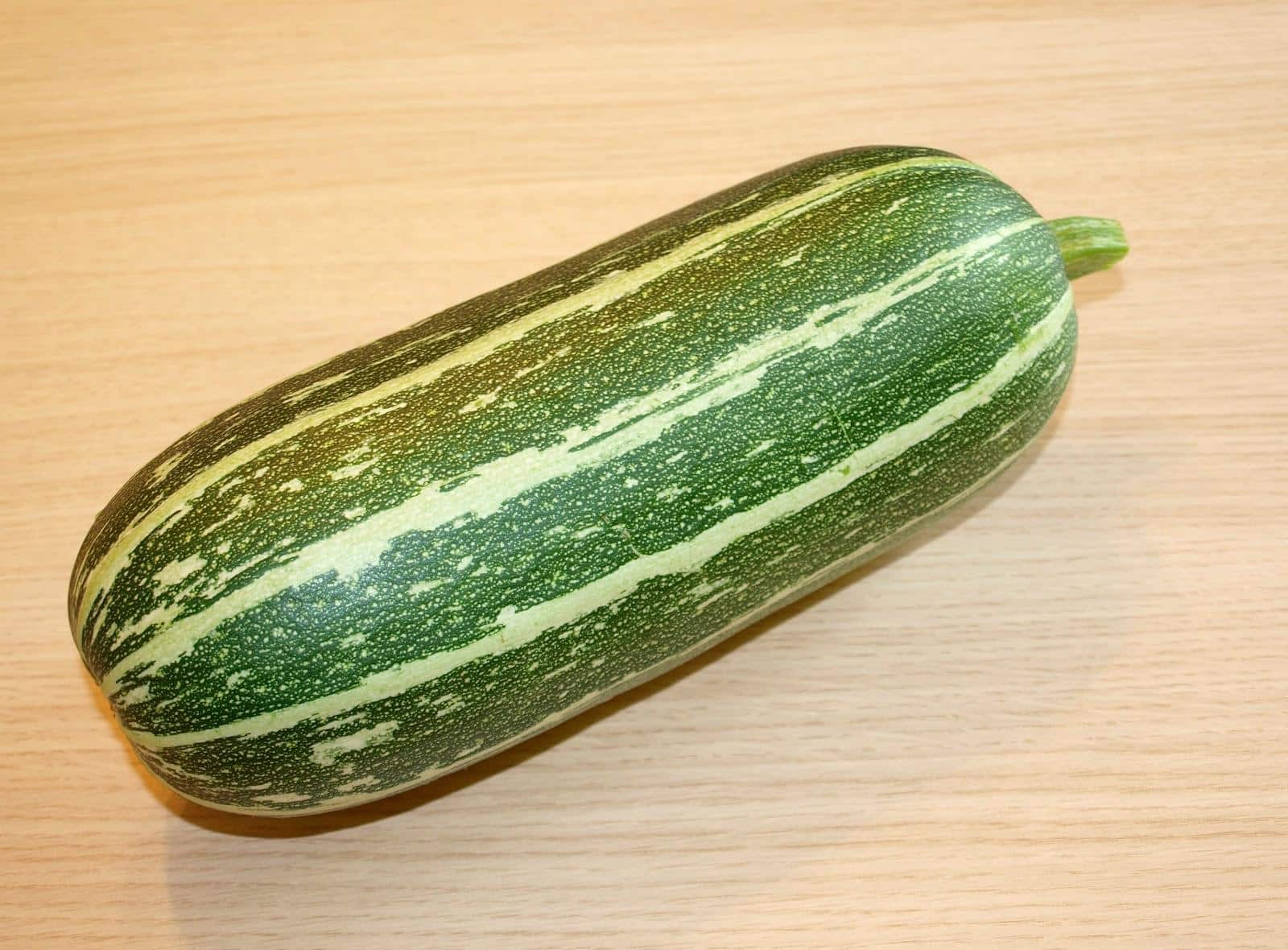
Vegetable marrow is a variety of squash that resembles zucchini but has a sweeter taste. It is commonly used in British and European cuisine, especially in soups and stews.
Origin: Europe
Health Benefits: Low in calories and rich in vitamins and minerals.
Fun Fact: The vegetable marrow is a key ingredient in traditional stuffed vegetable recipes.
10. Vegetable Mustard
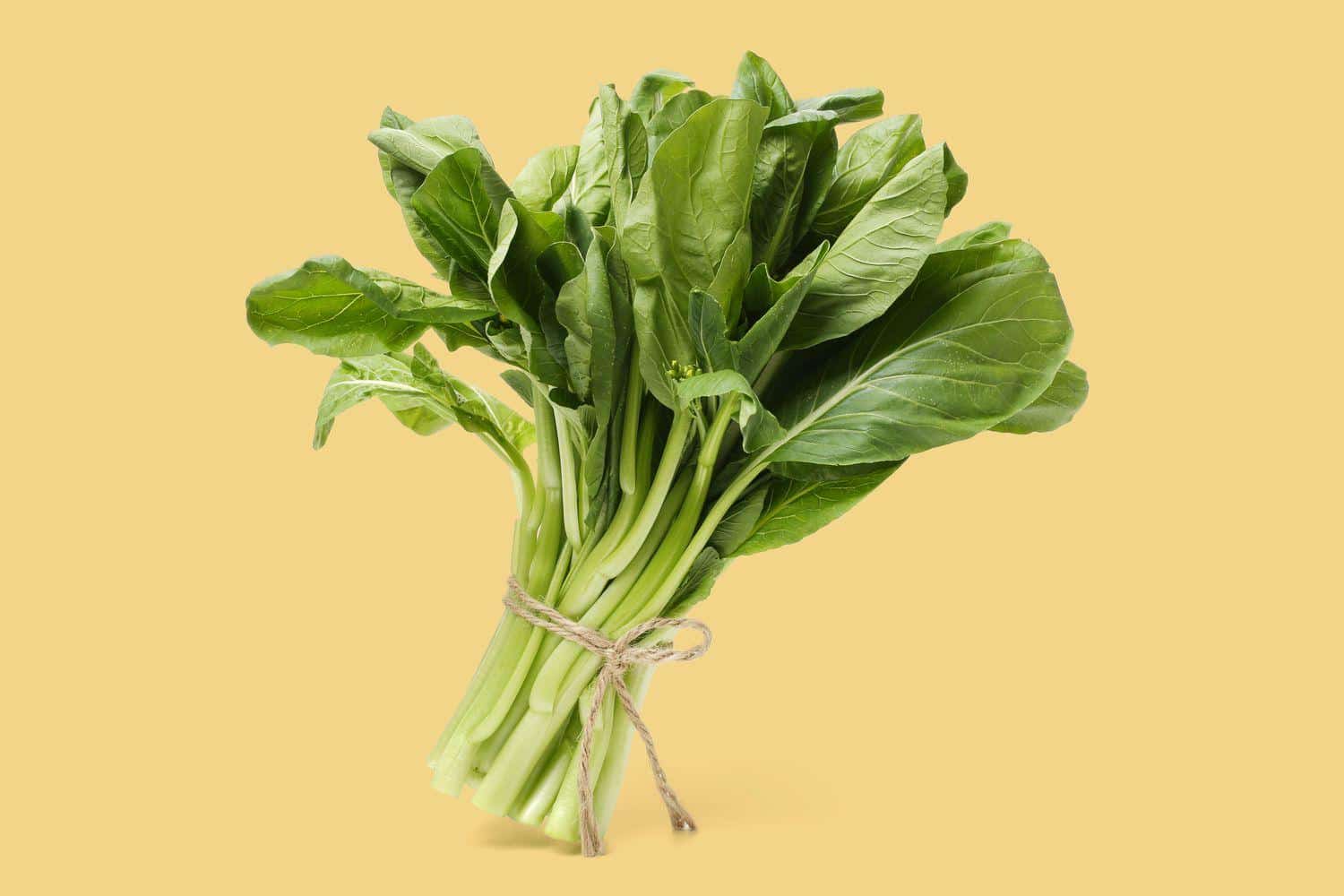
Vegetable mustard is a leafy green vegetable often used in Asian and African cuisines. Its peppery flavor adds zest to various dishes, such as soups and stir-fries.
Origin: Asia
Health Benefits: High in fiber, vitamins A and C, and may aid digestion.
Fun Fact: Vegetable mustard leaves are considered a superfood due to their rich nutrient profile.
11. Velvet Bean
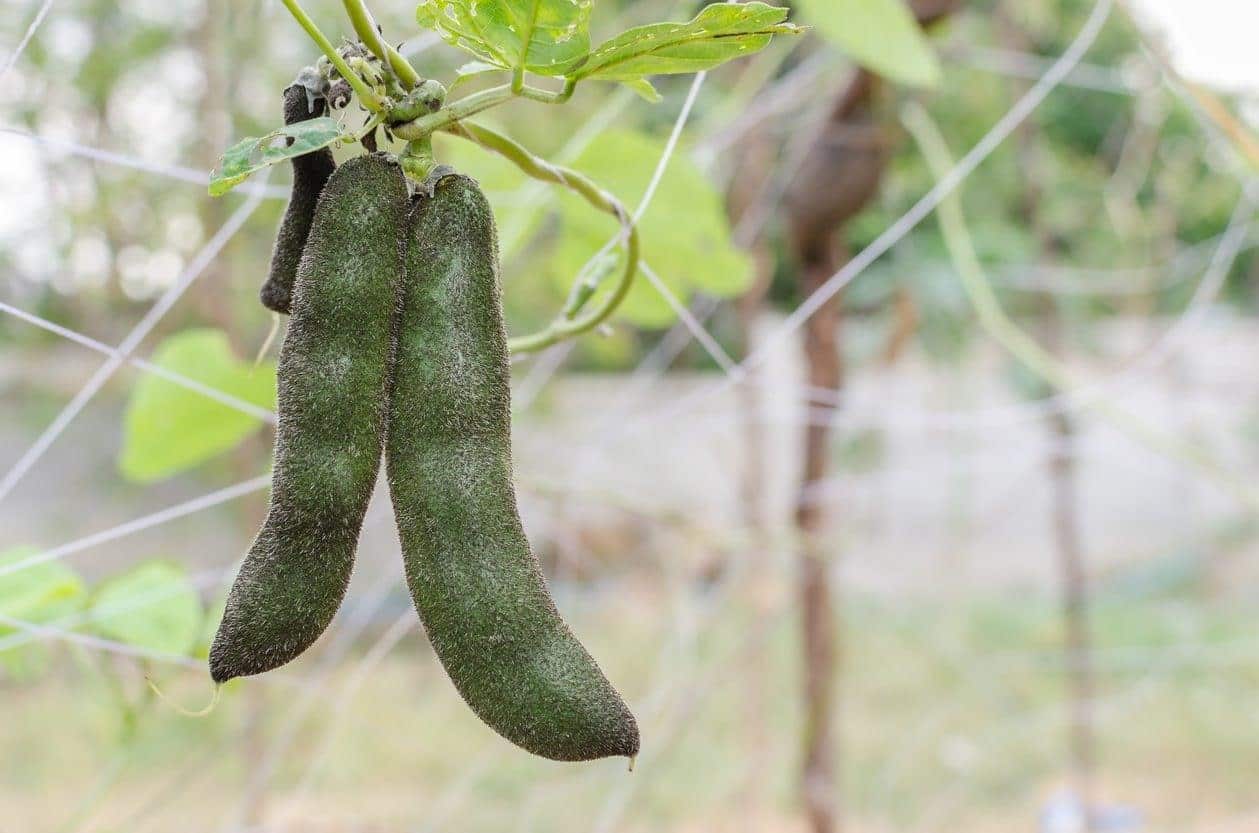
Velvet bean is a tropical legume known for its high protein content and potential health benefits. The beans are commonly used in smoothies, soups, and traditional medicine.
Origin: Native to tropical Africa and Asia
Health Benefits: Supports brain health and may improve sleep quality.
Fun Fact: Velvet beans are used to treat Parkinson’s disease in some traditional practices.
12. Velvetleaf
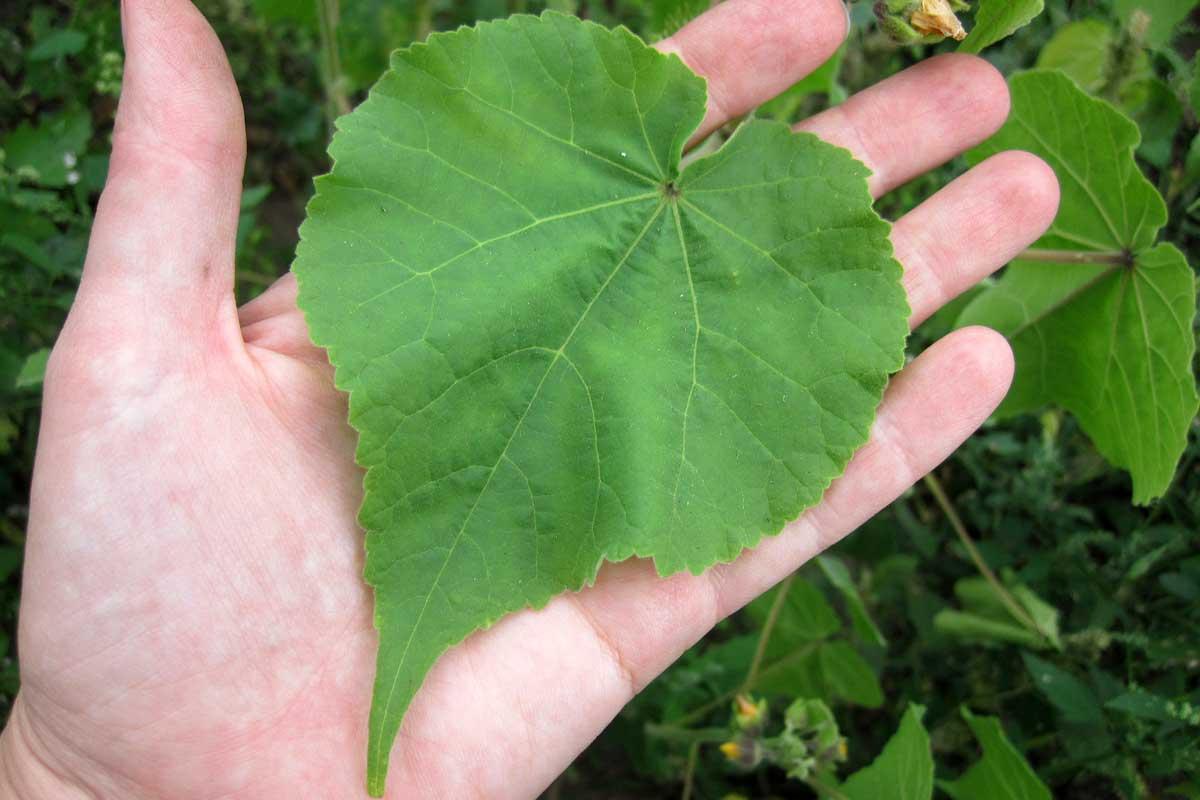
Velvetleaf is a plant commonly found in tropical and subtropical regions. Its leaves are used in traditional medicine for their anti-inflammatory properties.
Origin: Native to Asia
Health Benefits: Known to soothe inflammation and promote digestive health.
Fun Fact: Velvetleaf is also known as “China Jute” and has a wide range of uses, including fiber production.
Some More Vegetables Starting with “V”
13. Verdolaga
14. Vernal Alfalfa
15. Vietnamese Balm
16. Vietnamese Coriander
17. Vietnamese Mint
18. Vigna
19. Vigna Radiata
20. Vigna Unguiculata (Cowpea)
21. Vine Spinach
22. Violet Cauliflower
23. Violet De Provence Artichoke
24. Violet Queen (Cauliflower)
25. Virginia Creeper
26. Vitelotte
27. Vitelotte Potato
28. Vivaldi Potato
29. Vlita (Amaranth leaves)
30. Voavanga
The Bottom Line
The world of “V” vegetables spans continents and culinary traditions, offering everything from familiar favorites like vanilla to hidden treasures like Velvetleaf.
These plants serve multiple purposes – from Vidalia onions brightening salads to Valerian calming anxious minds. What unites this diverse group is their remarkable nutritional profiles and cultural significance.
If seeking vitamin-rich greens like Vates kale, sleep-supporting herbs like Velvet Bean, or the distinctive flavors of Vietnamese Mint, “V” vegetables demonstrate nature’s incredible variety.
By combining these often overlooked plants into our diets, we gain access to centuries of traditional wisdom and modern nutritional benefits—proving that exploring beyond common produce can change both our plates and our health.
If you’re interested in more informative education and learning content, feel free to click here and research other blogs that you might enjoy!






